![]()
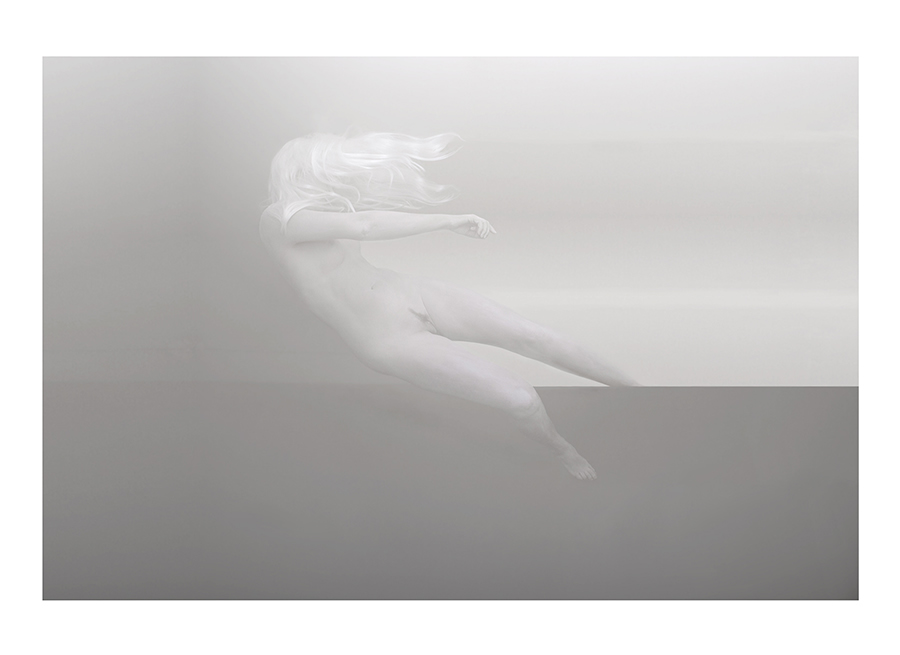
Reflection 2013 Digital print face mounted on acrylic 100x138cm ed. 5 + 2 a.p. |

Transition 2013 pencil on paper à 29,7 x 21 cm |

Smoke Gets In Your Eyes 2013 |
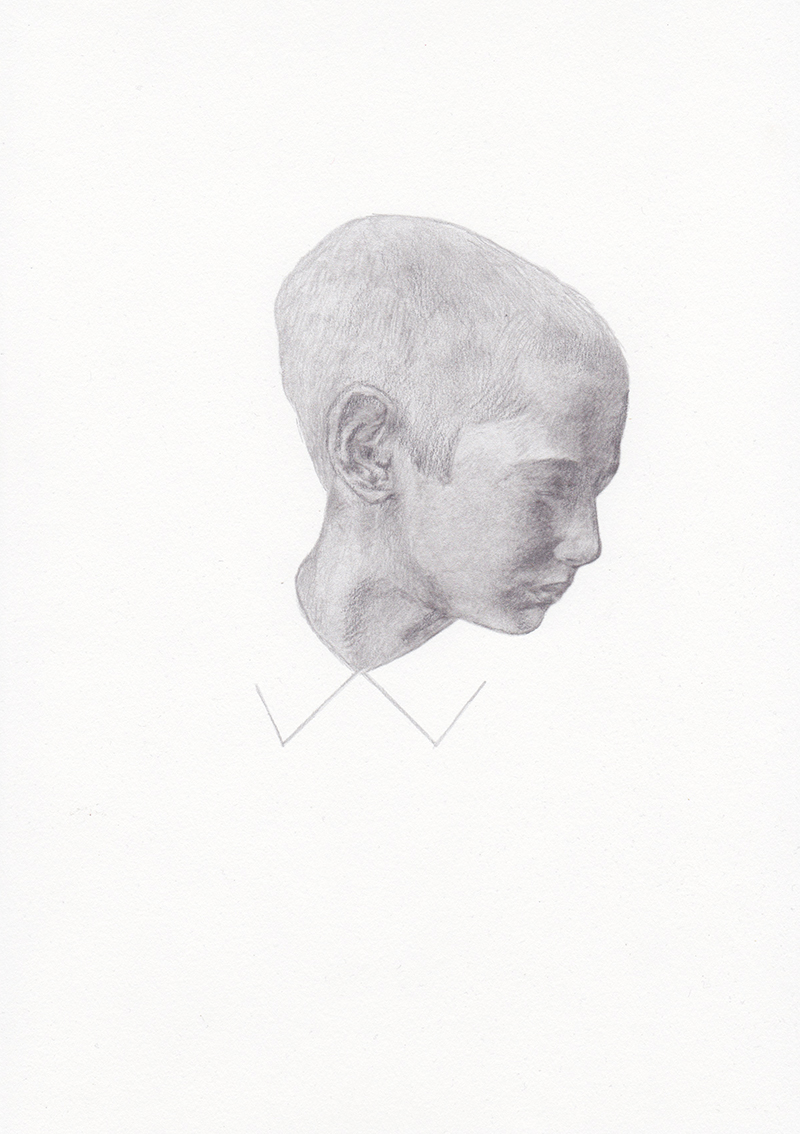
Transition 2013 pencil on paper 29,7 x 21 cm |
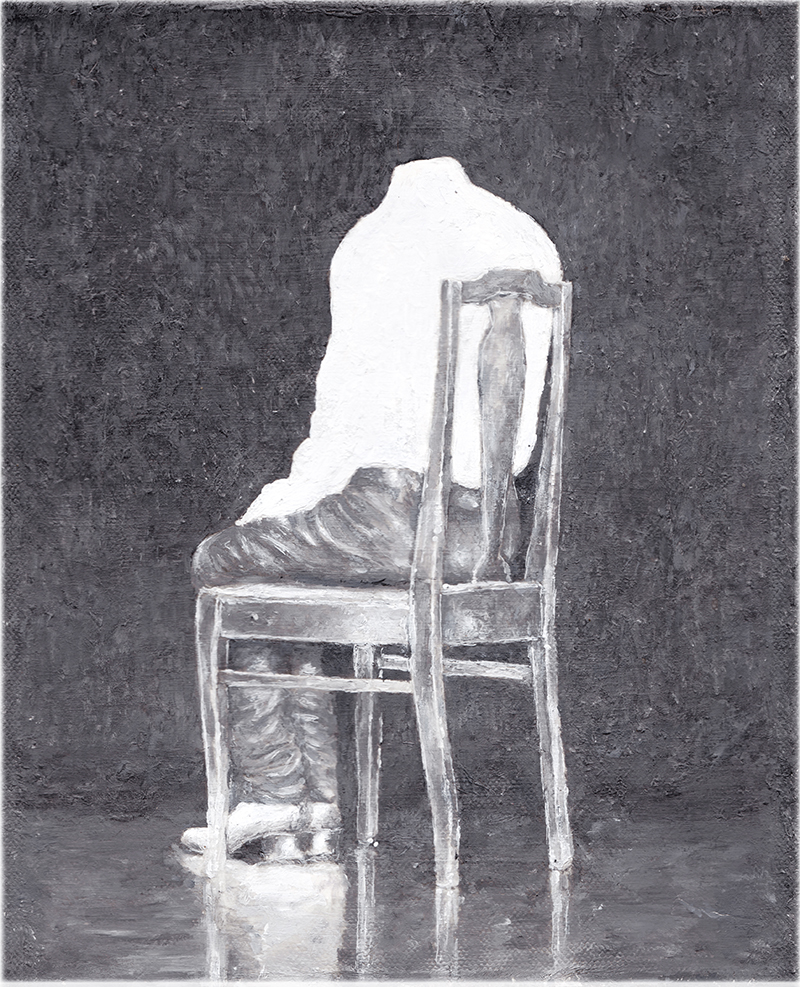
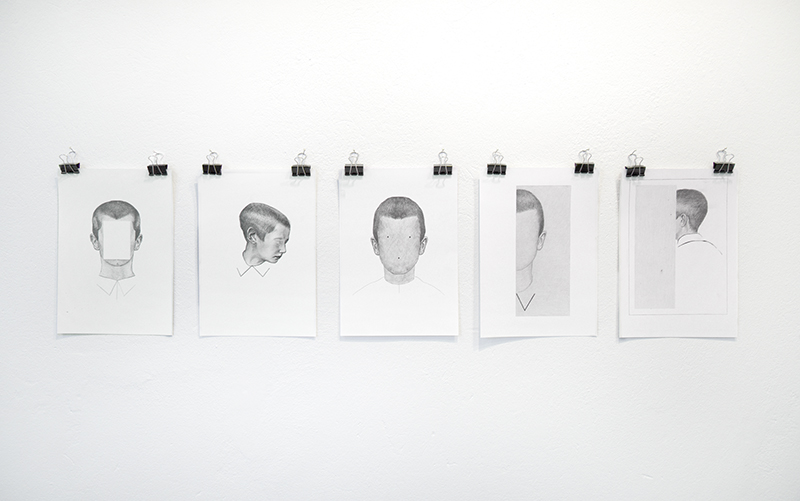
Closer 2013 pencil on paper à 29,7 x 21 cm |
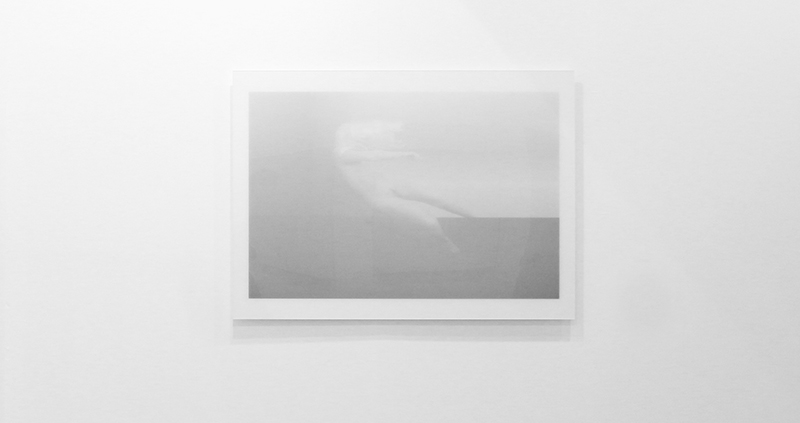
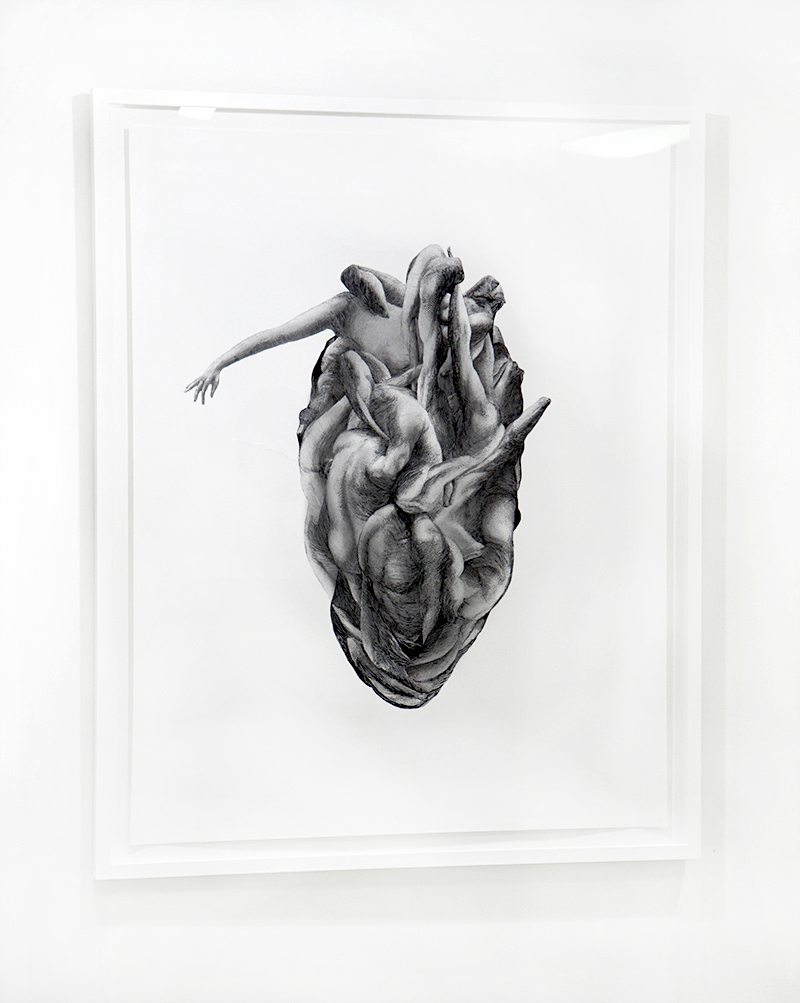
Lifeblood ink & pencil on paper |
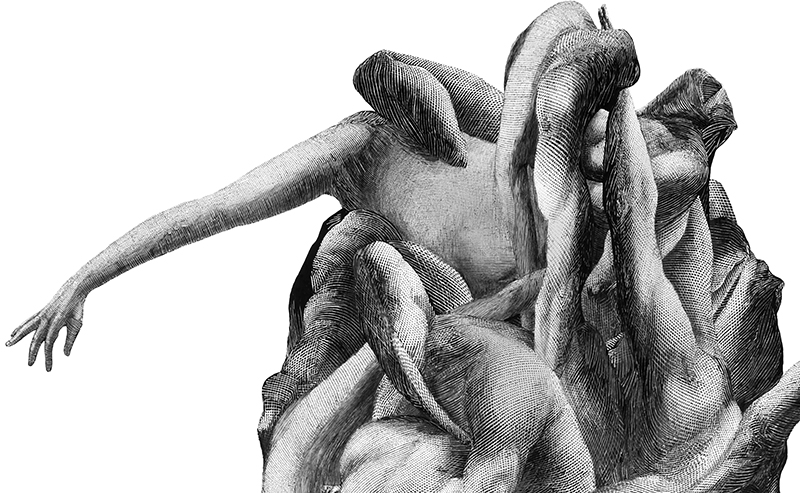
Lifeblood - Detail |
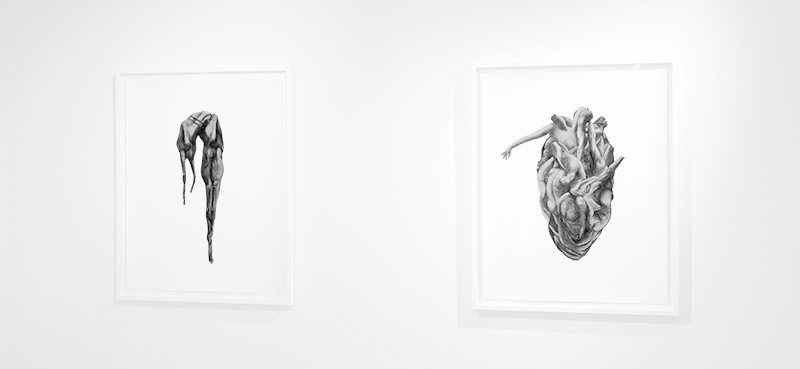
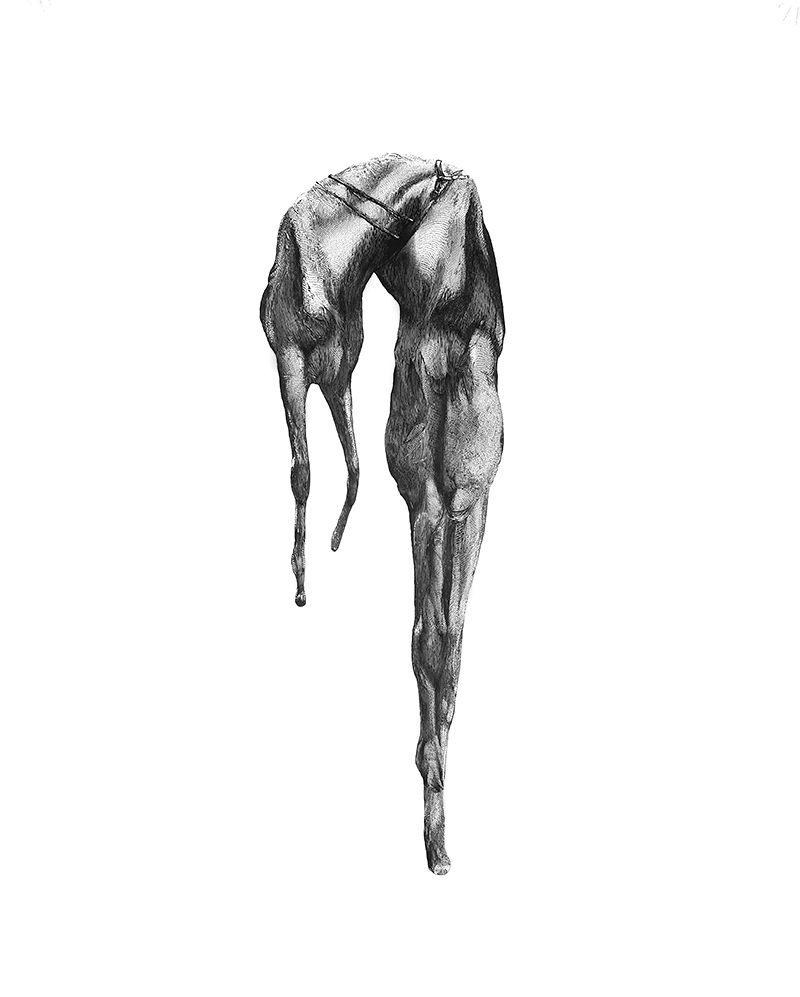
Homage |
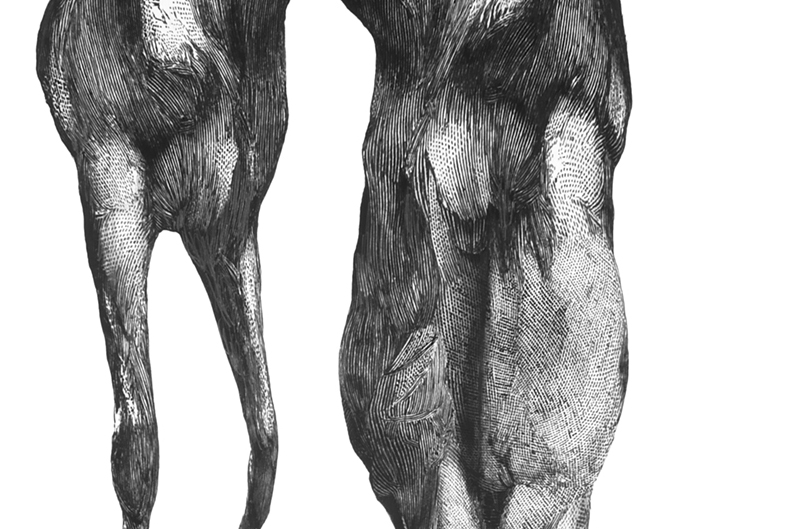
Homage - Detail |
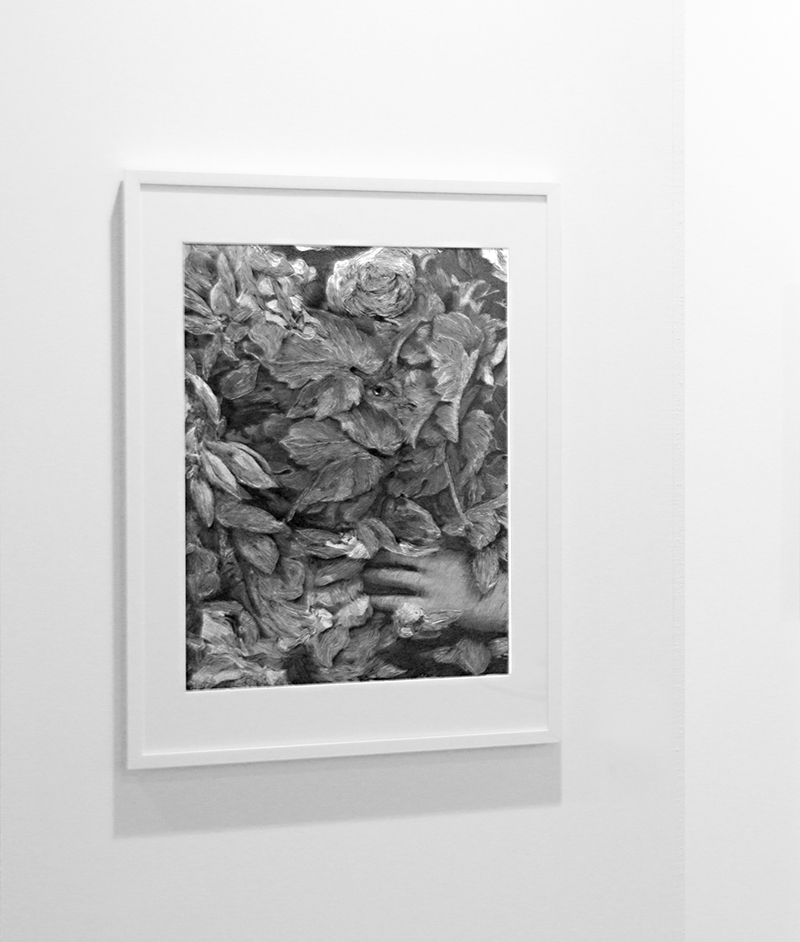
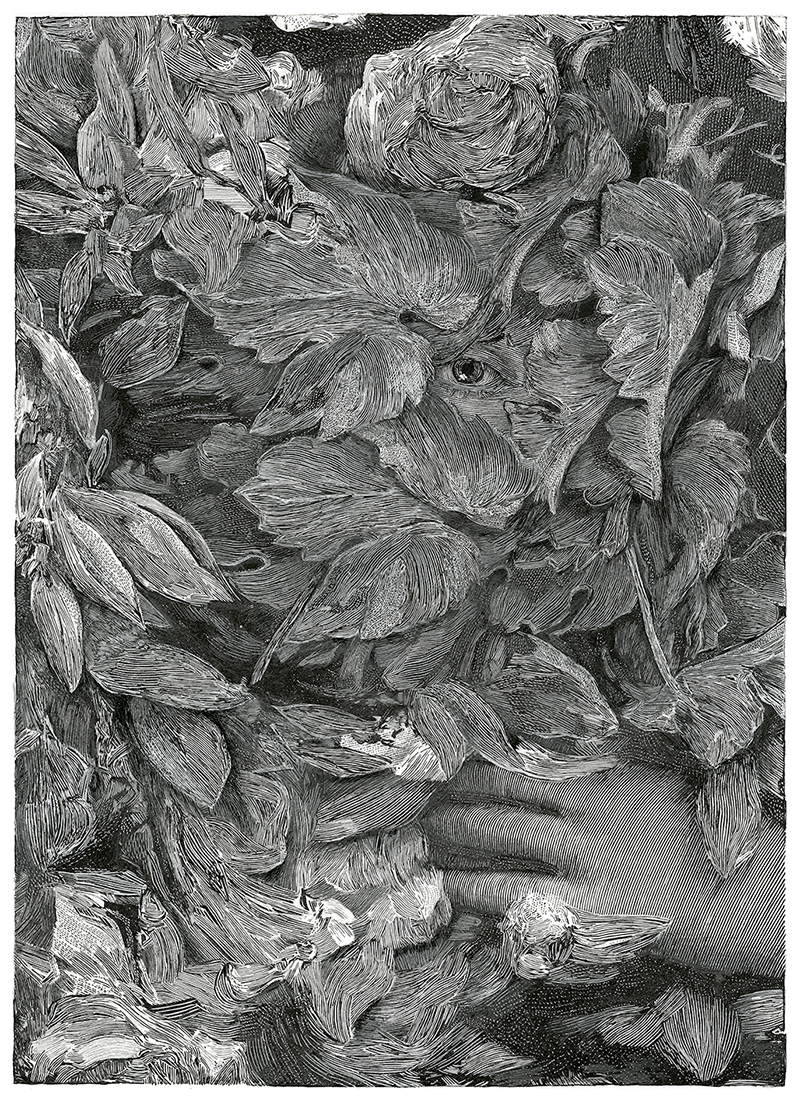
Hidden |
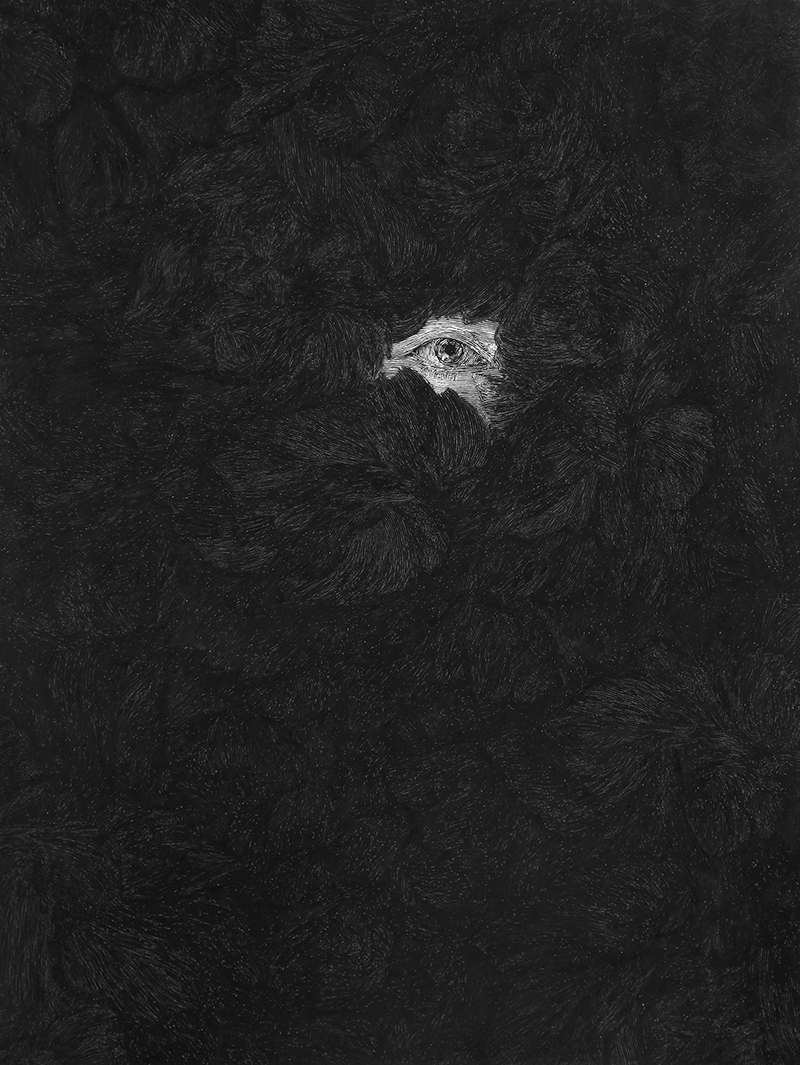
Evening Song |
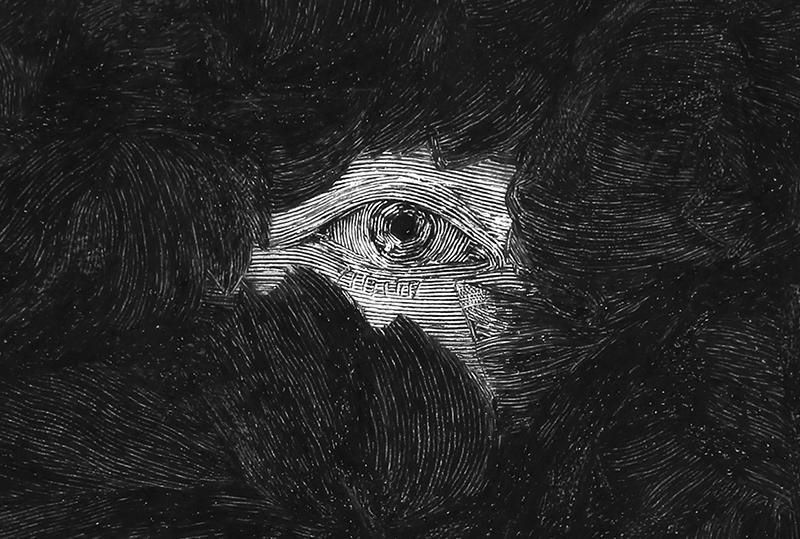
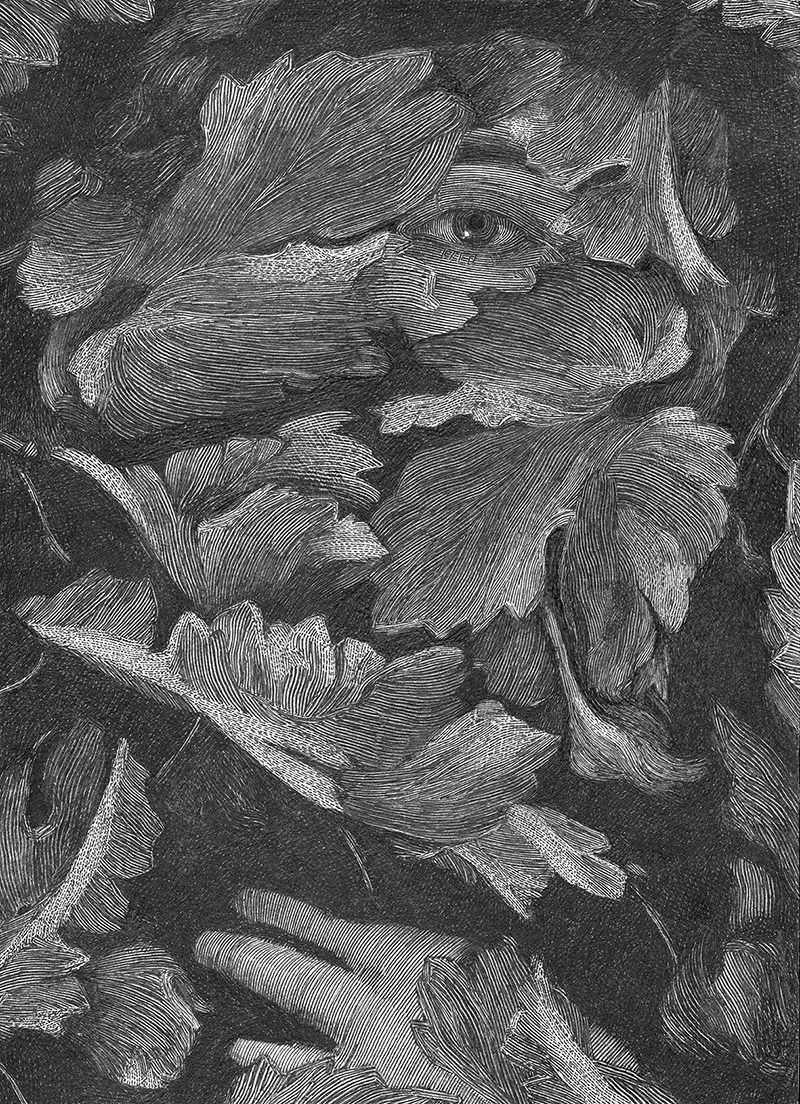
Hidden II |
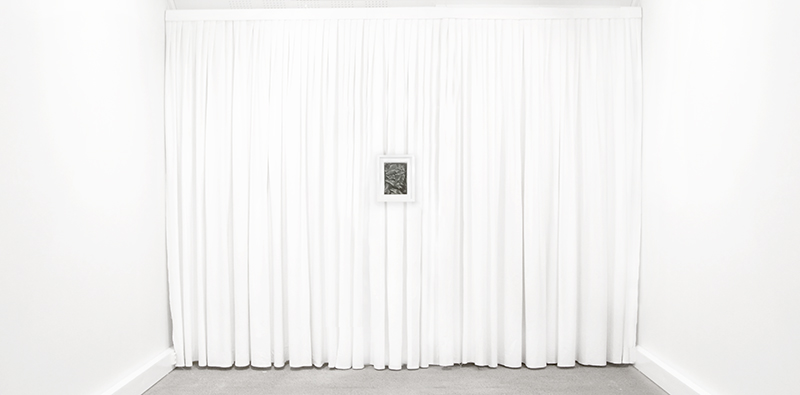
Exhibition View |


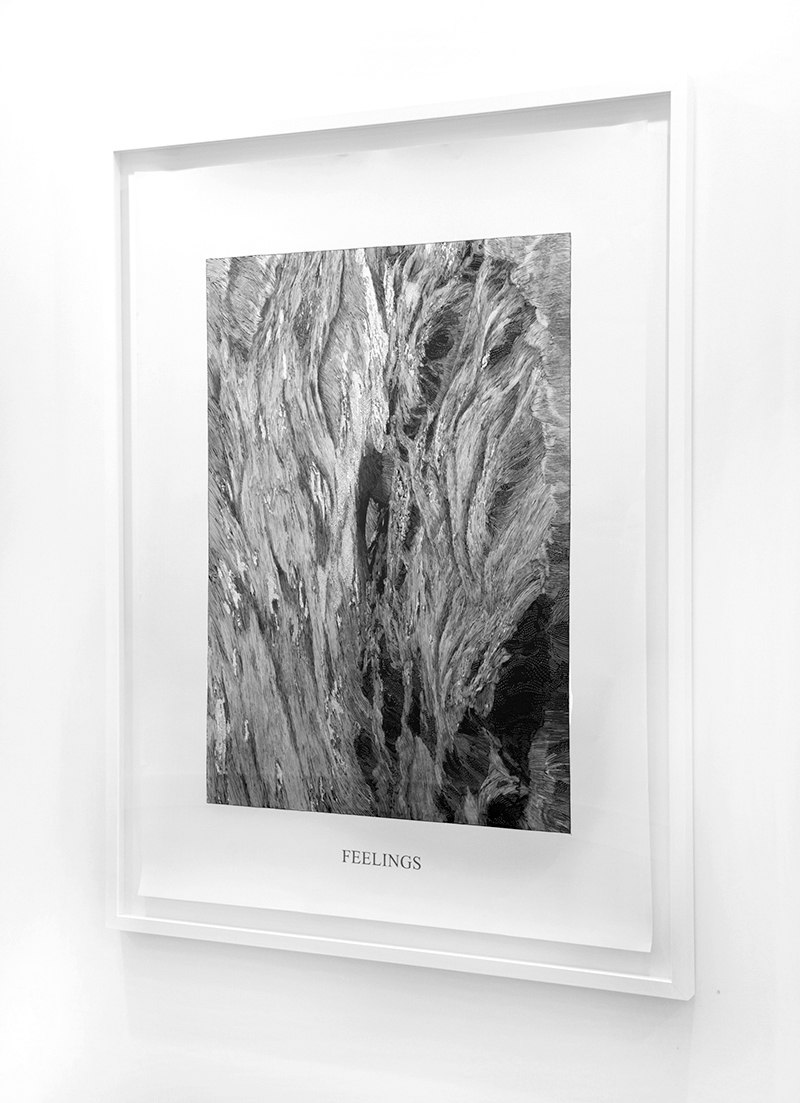
I am open ink & pencil on paper |
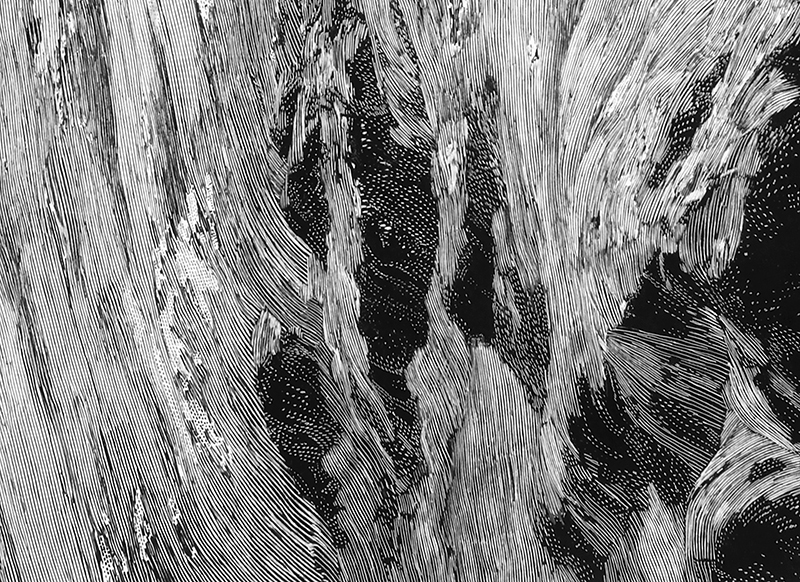
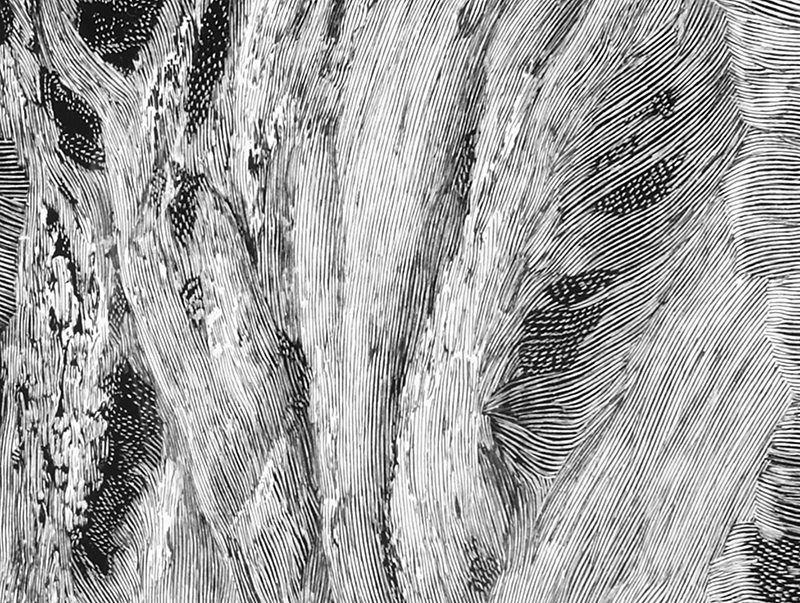
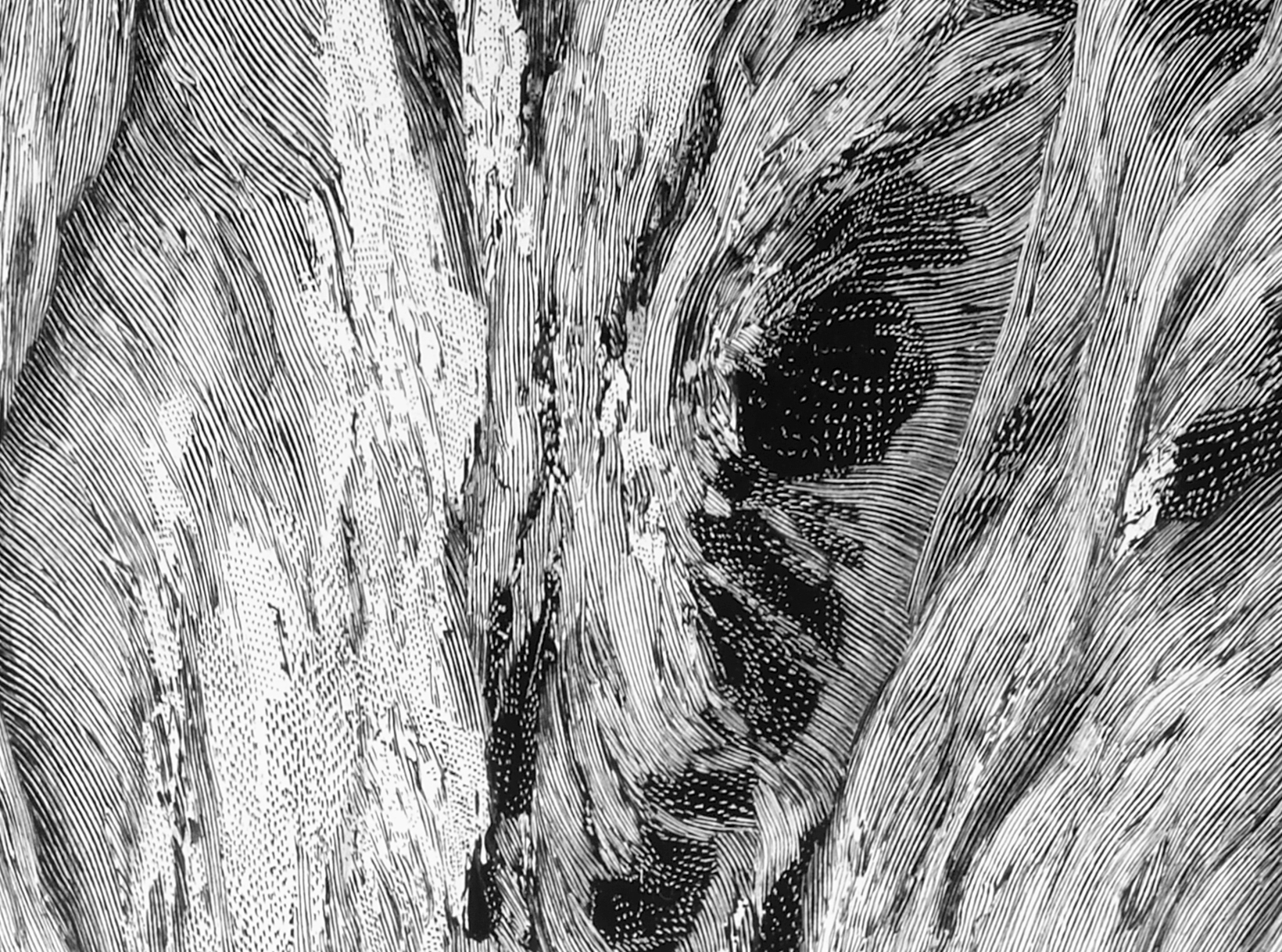
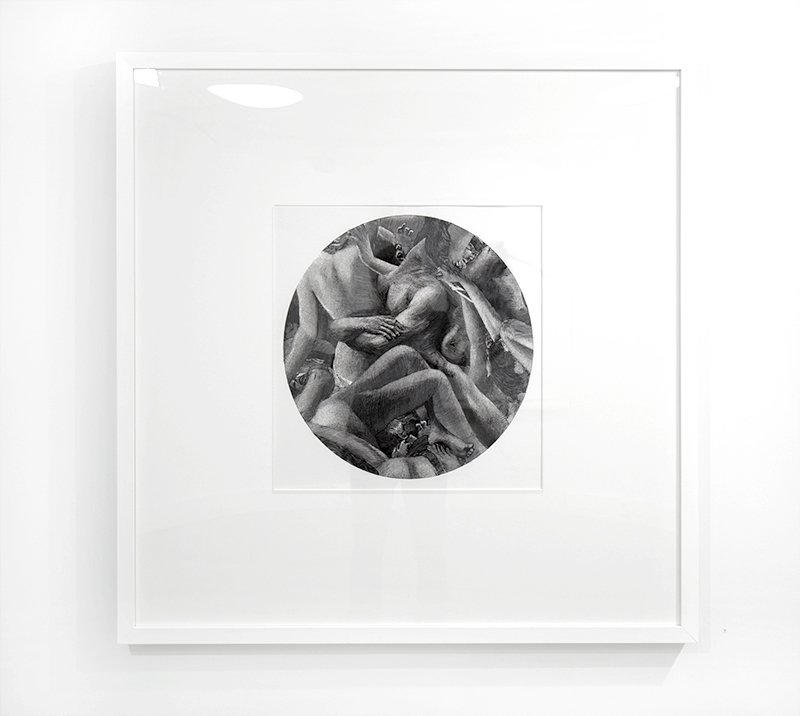
Peep |
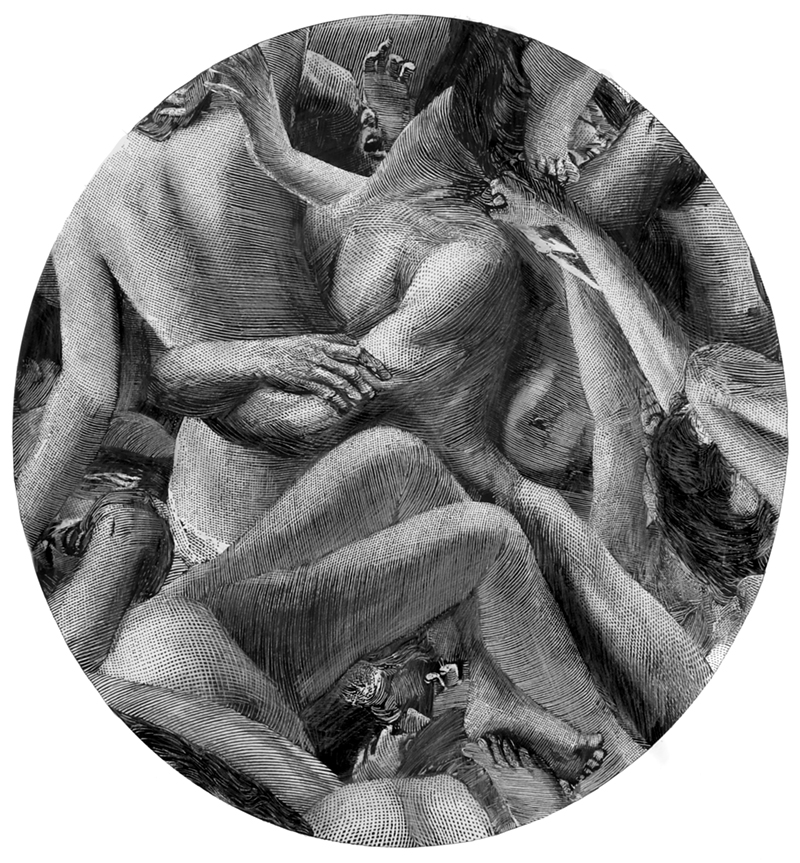
Peep - Detail |
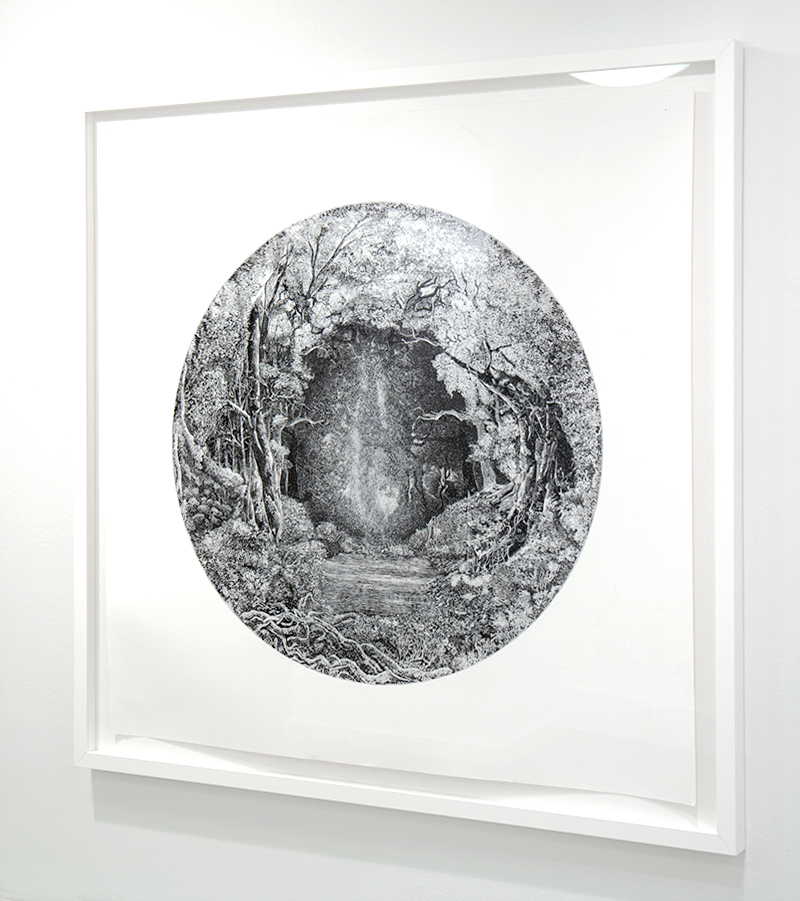
The only certainty |
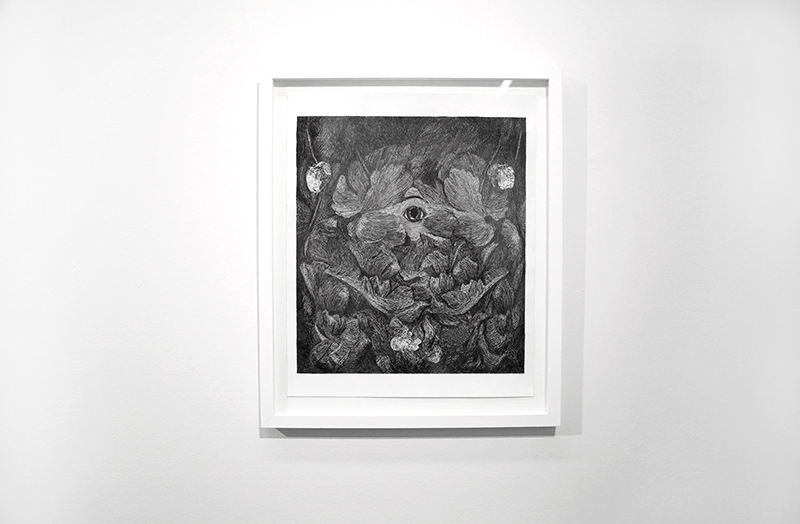
Hideaway |
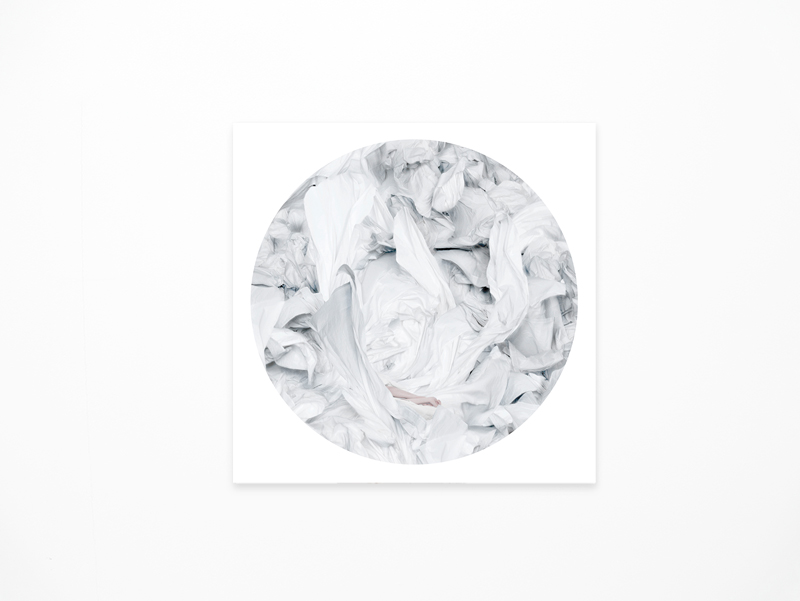
Cycles 2013 Digital print face mounted on acrylic 90x90 cm ed. 5 + 2 a.p. |
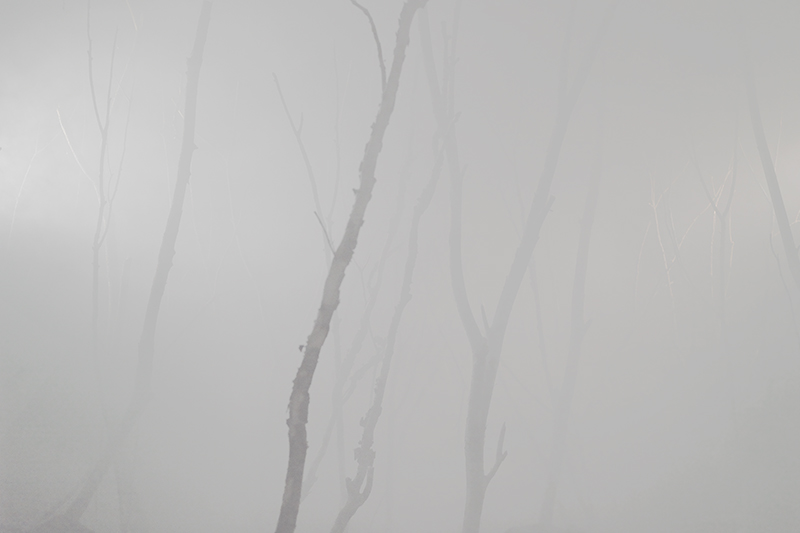
Fog Digital print face mounted on acrylic ed. 5 + 2 a.p. |
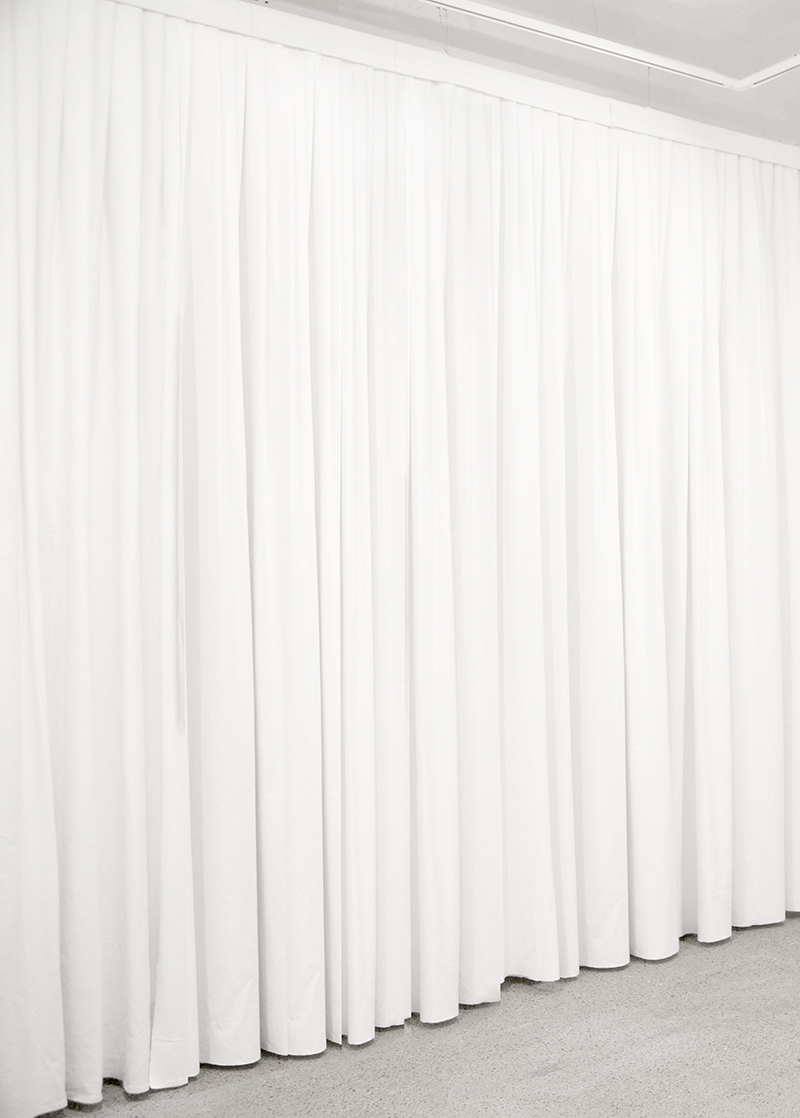
| Exhibition View |
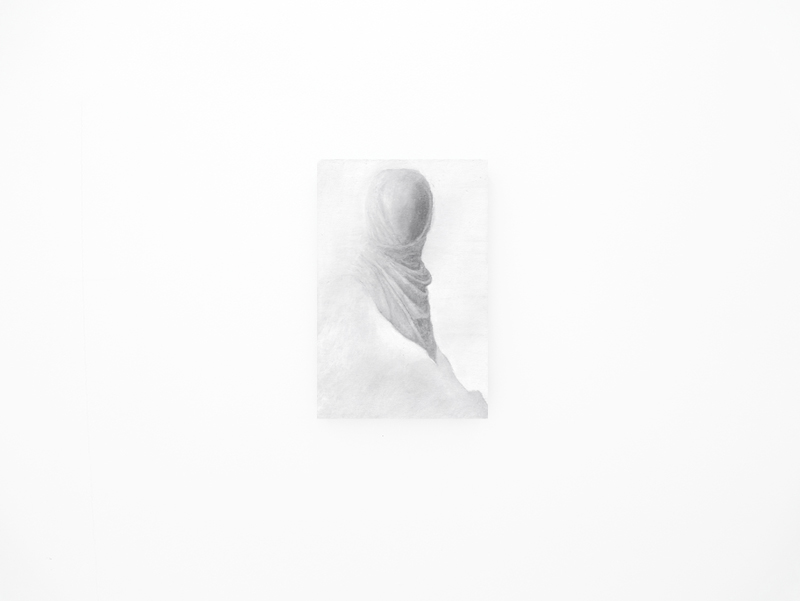
Spirit |

Introspection |
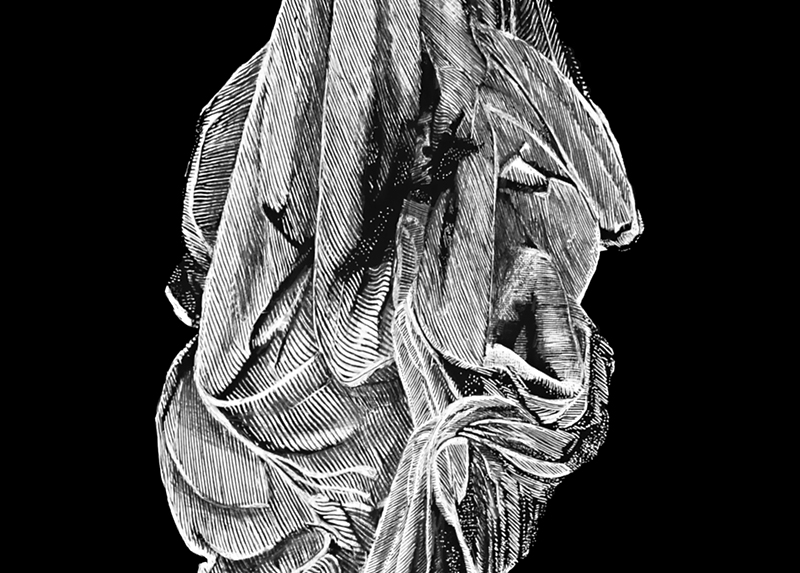
Introspection - Detail |
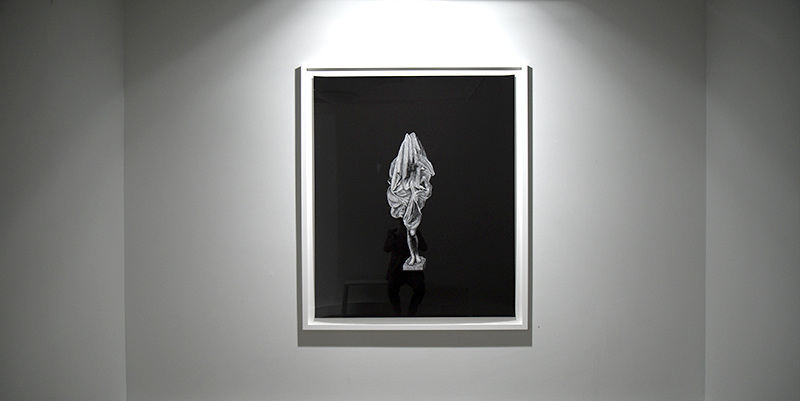
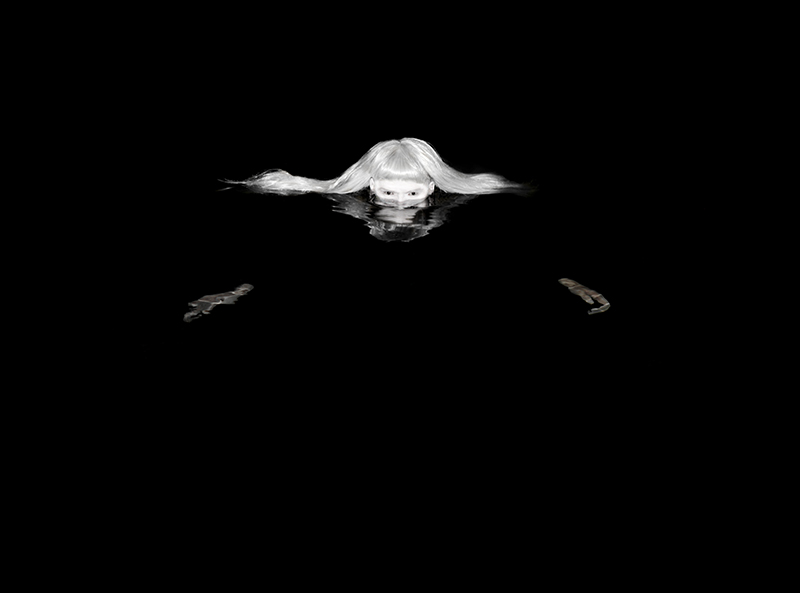
Deep Water 2011 Digital print face mounted on acrylic 45 x 65 cm ed. 5 + 2 a.p. |
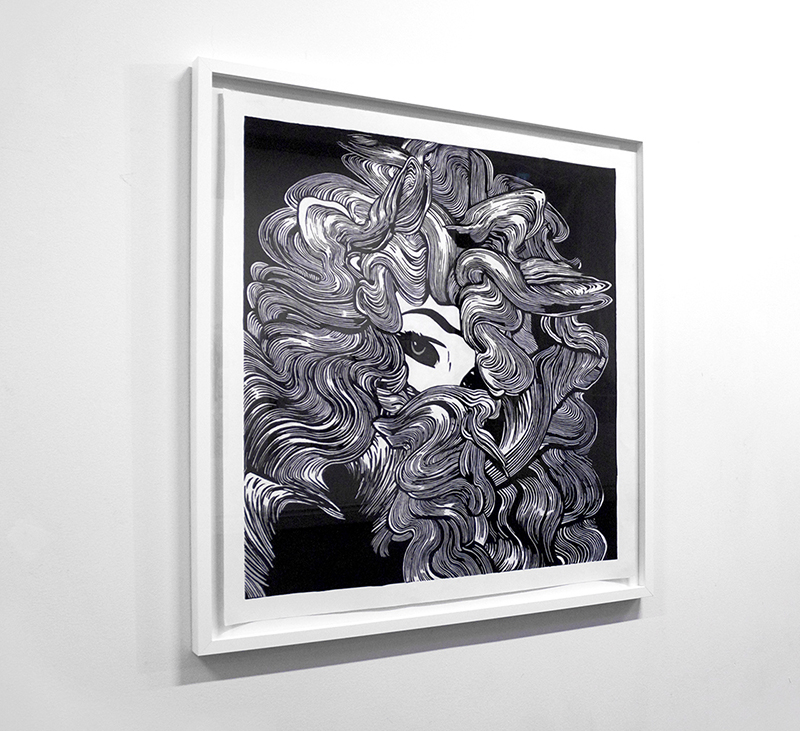
Waves 2013 ink & pencil on paper 114x110cm |
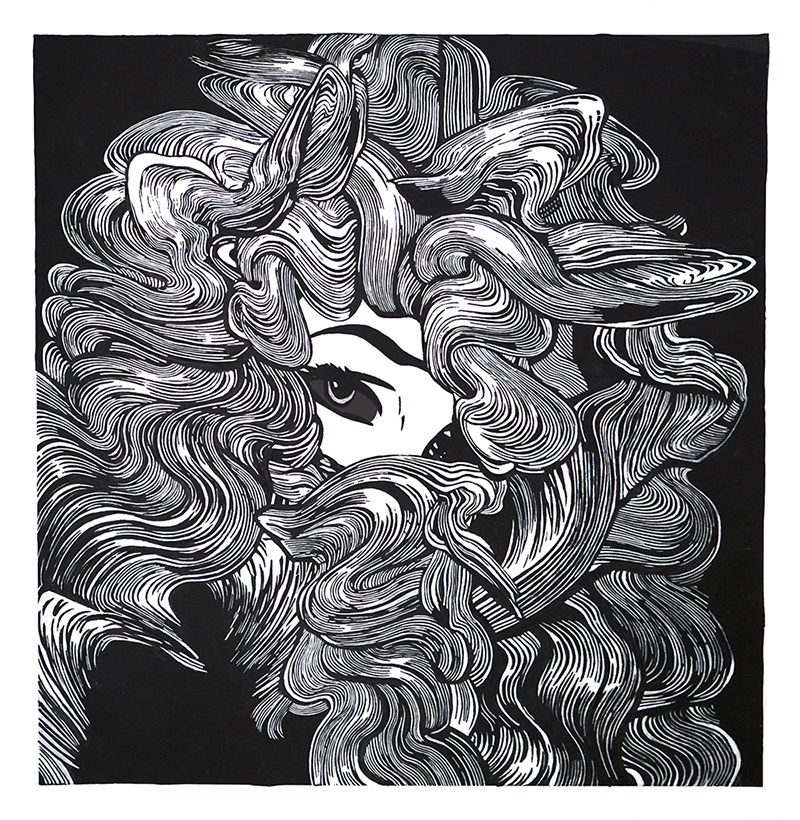
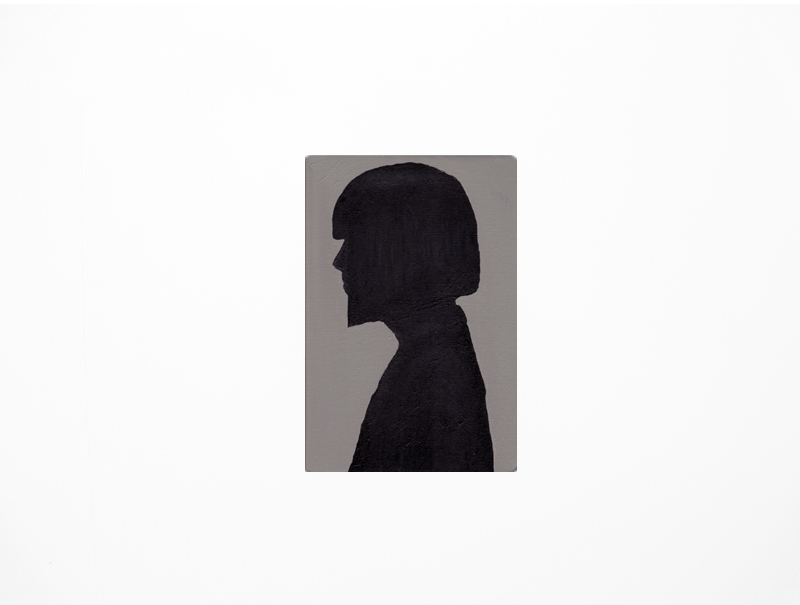
Shadows II 2016 acrylic on canvas |
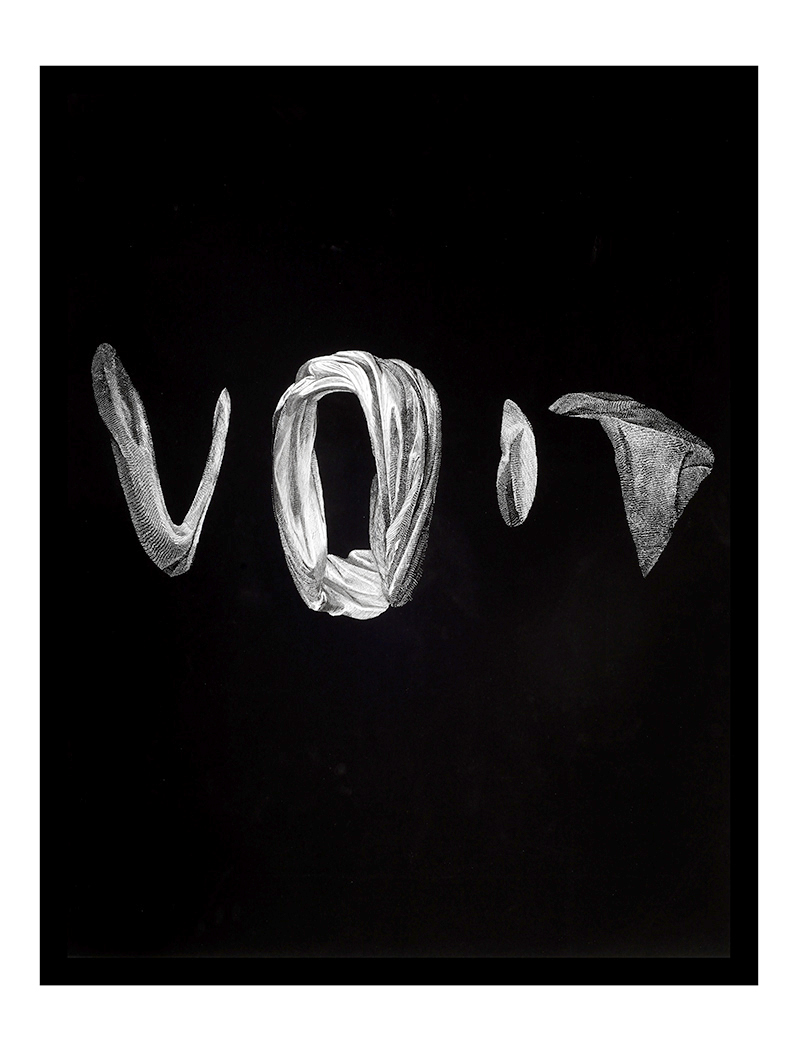
Void ink & pencil on paper |
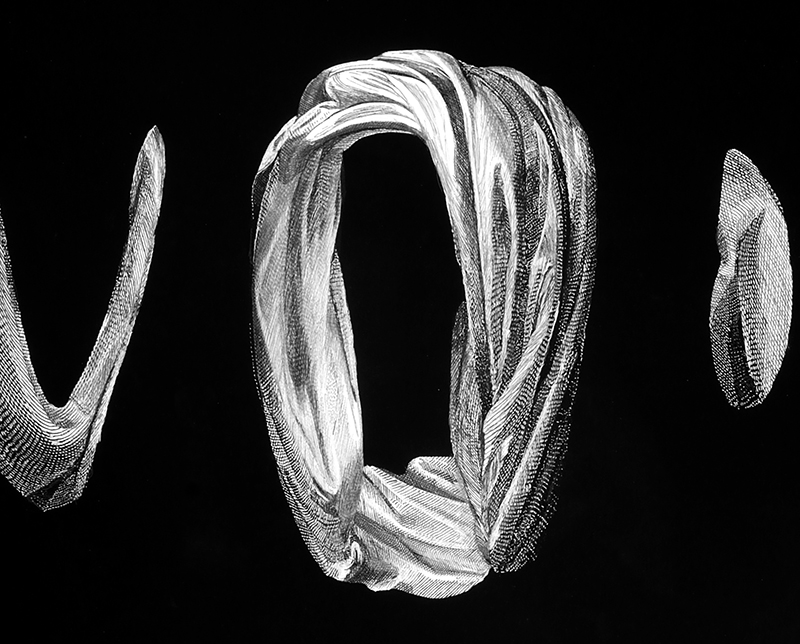
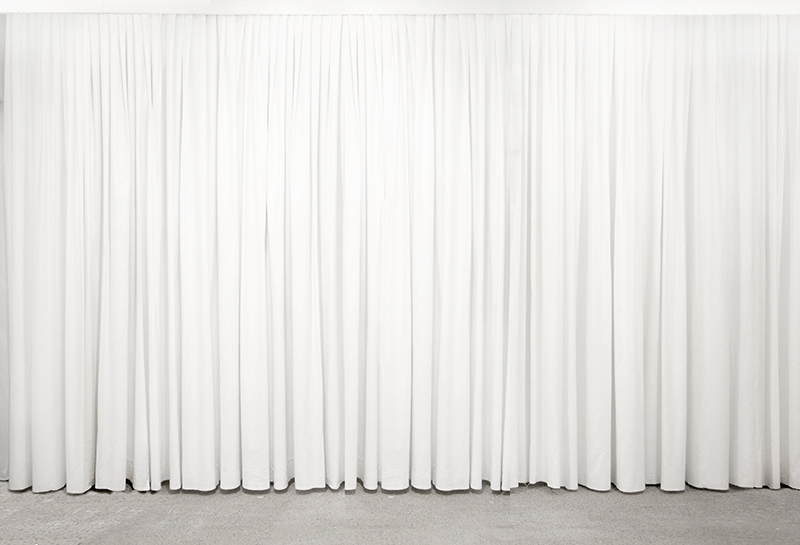
Exhibition View |
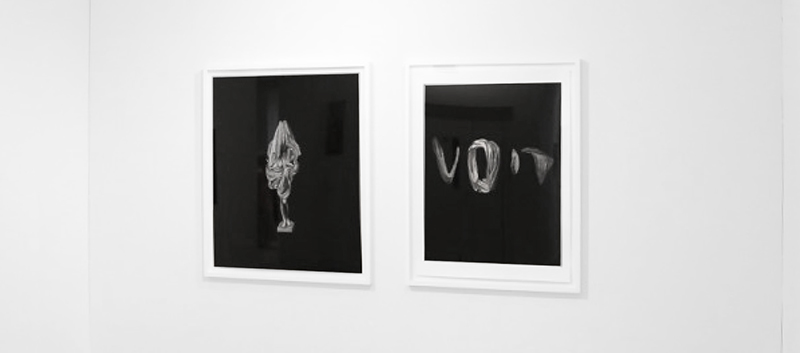
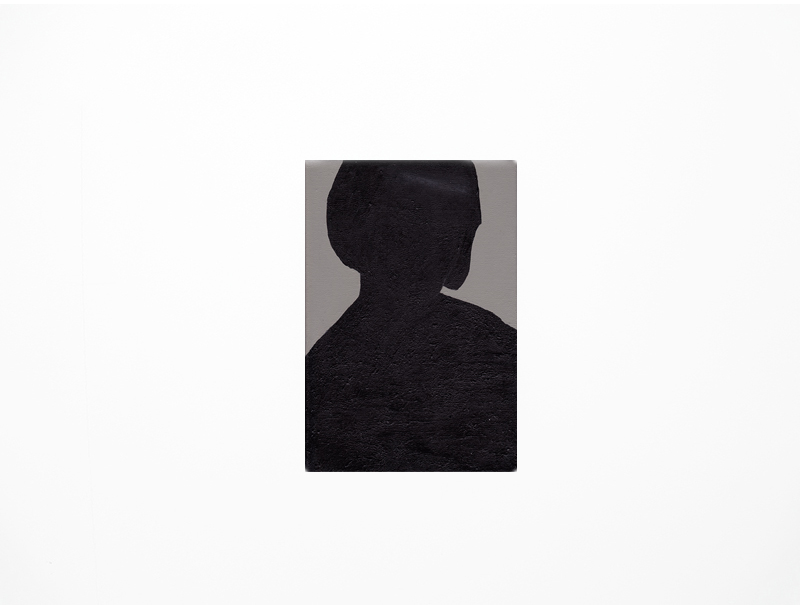
Shadows 2016 acrylic on canvas |

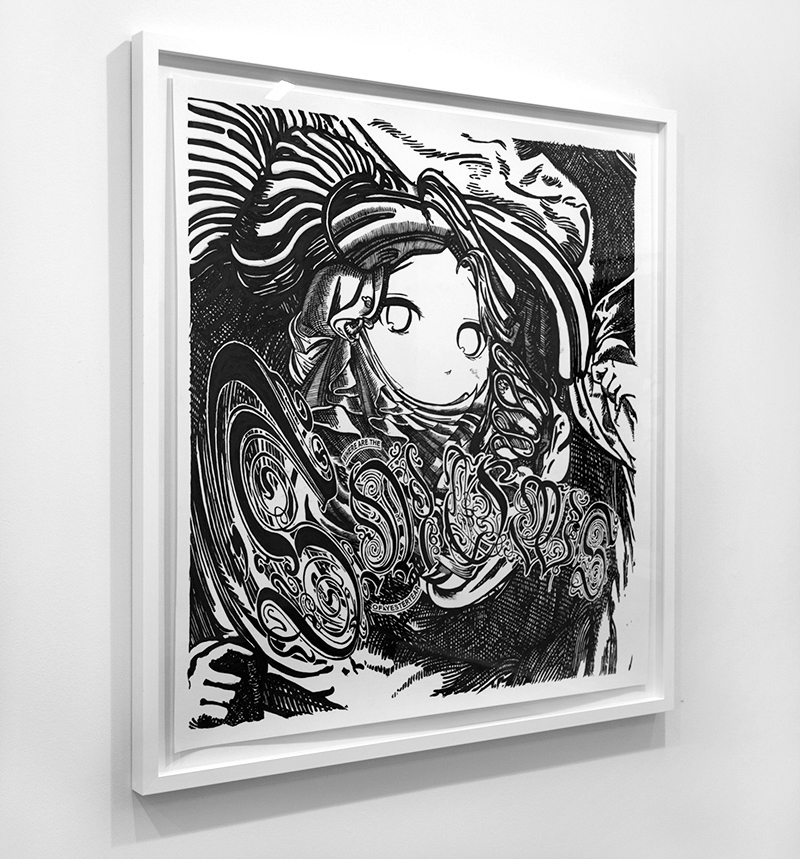
Sentimental Fool ink & pencil on paper |
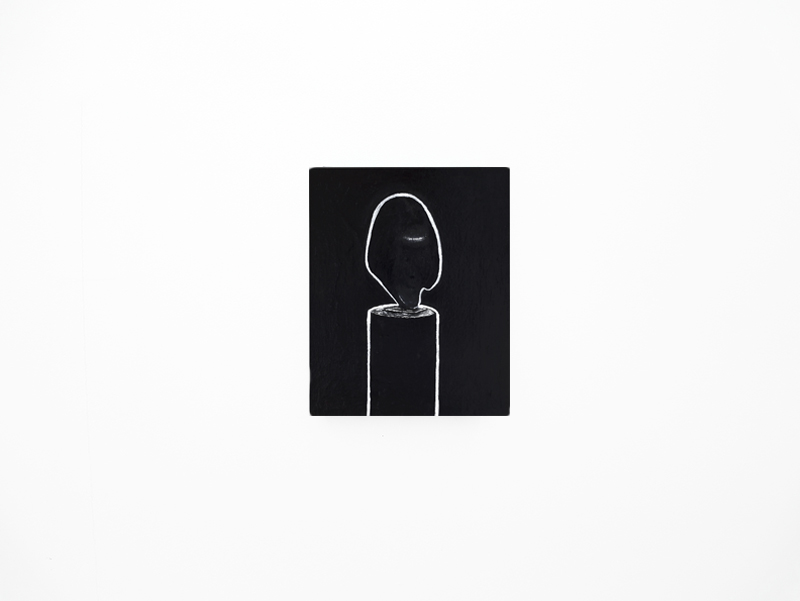
Lights Out 2014 acrylic on canvas |
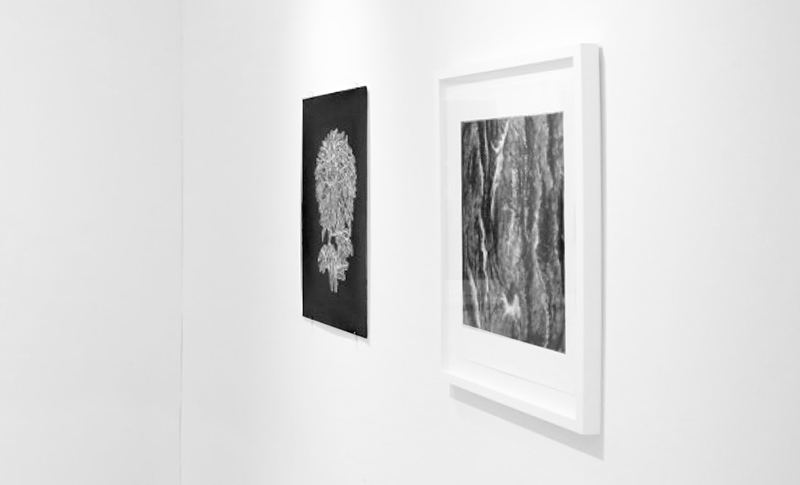
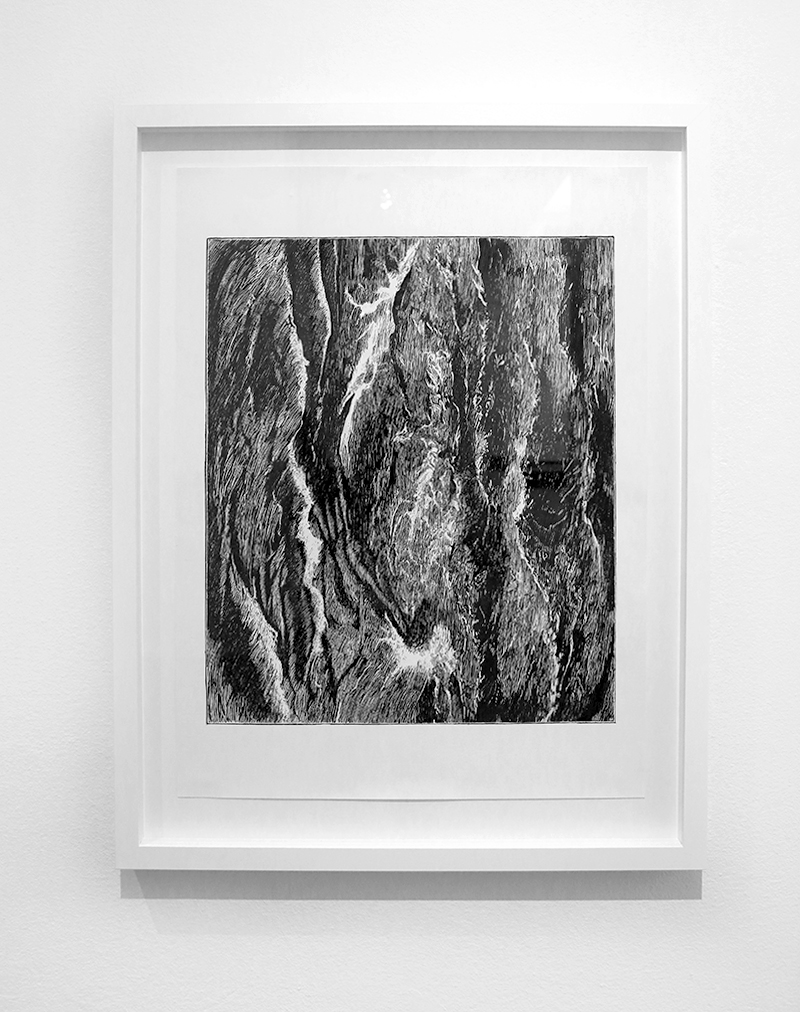
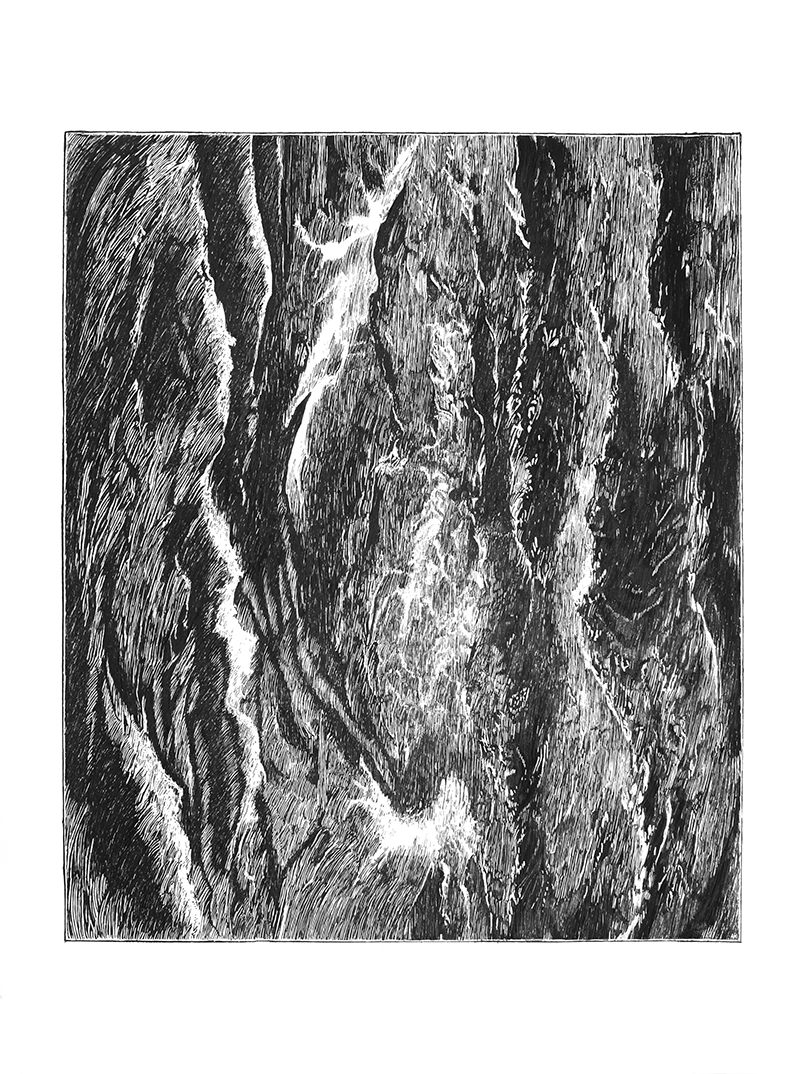
Ishmael |
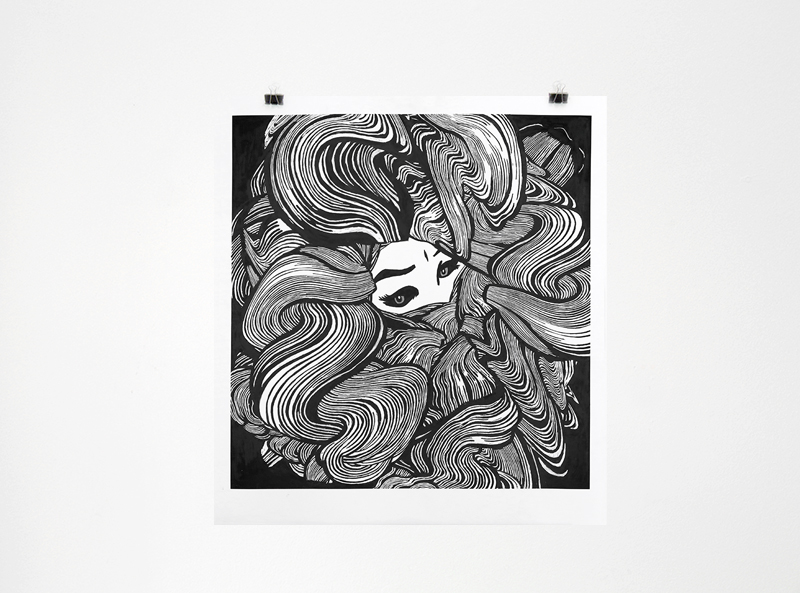
Waves II 2013 ink & pencil on paper 114x110cm |
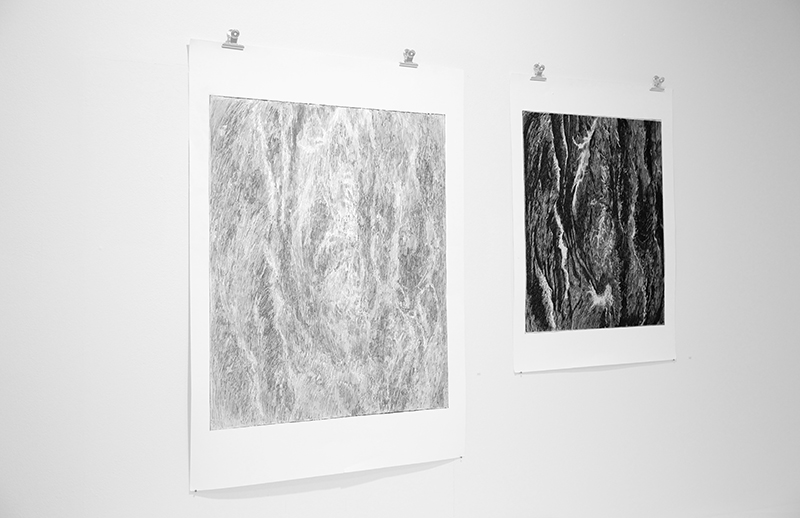
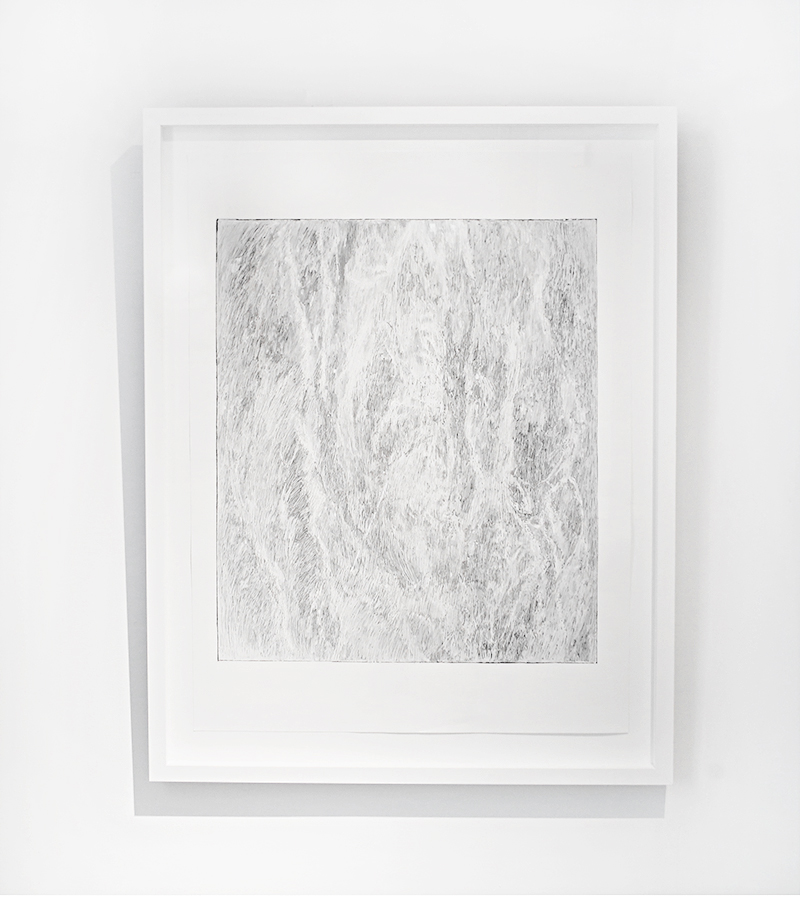
Abyss |
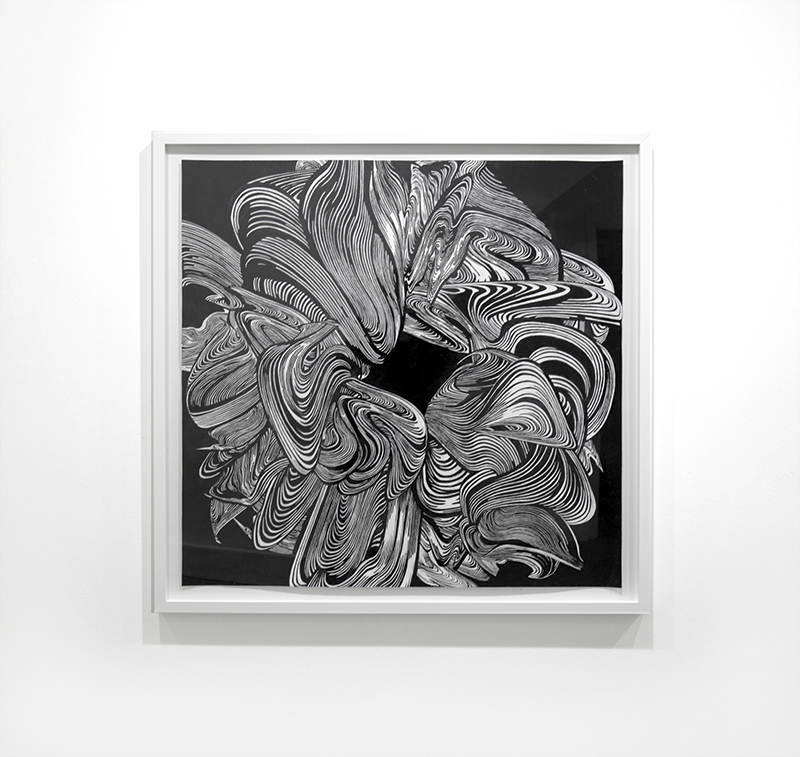
Soft 2013 ink & pencil on paper 110x110cm |

Flora |
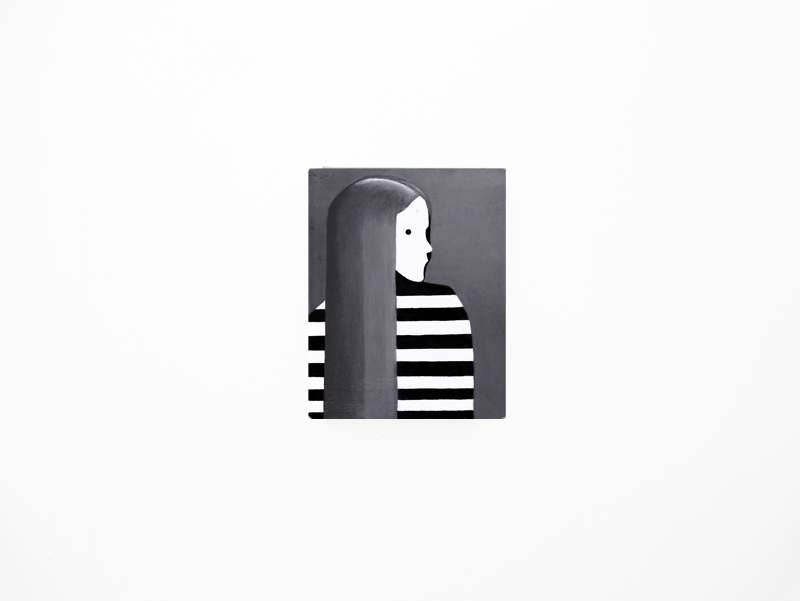
Stripes 2014 acrylic on canvas |
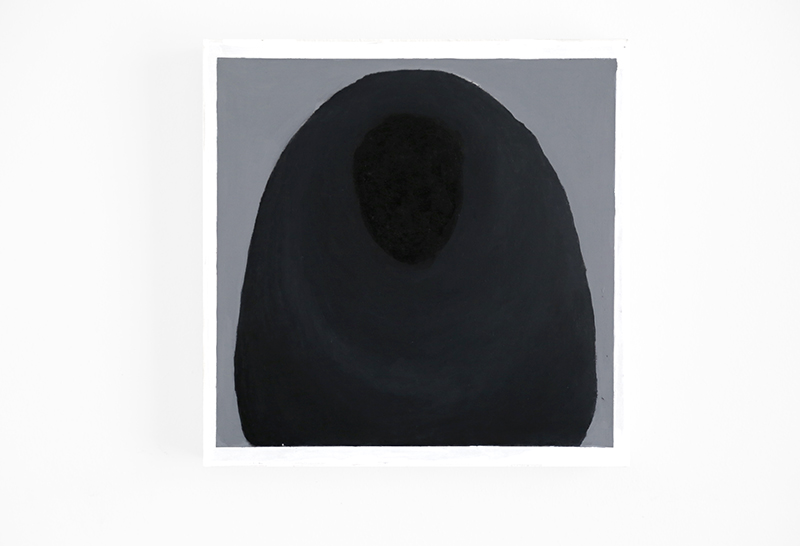
acrylic on canvas |
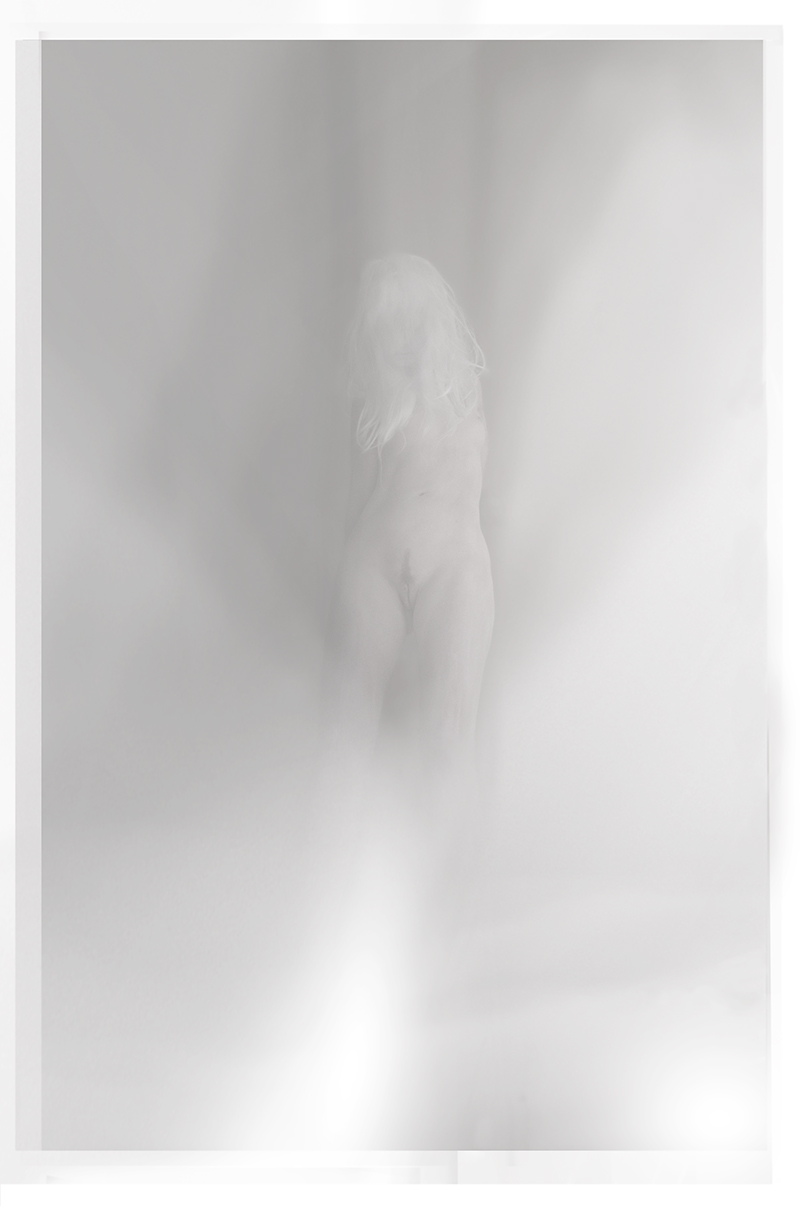
This is not a dream. This is actually happening |

Self-Portrait |
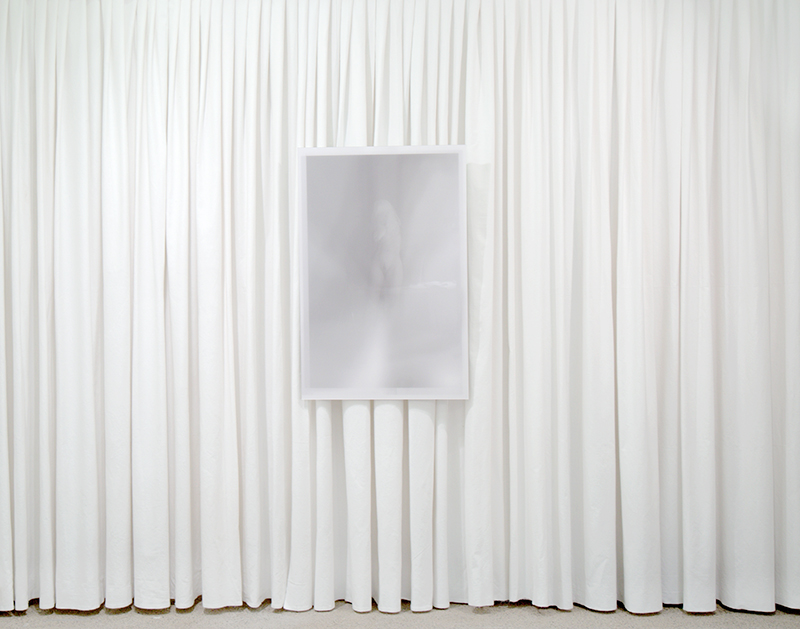
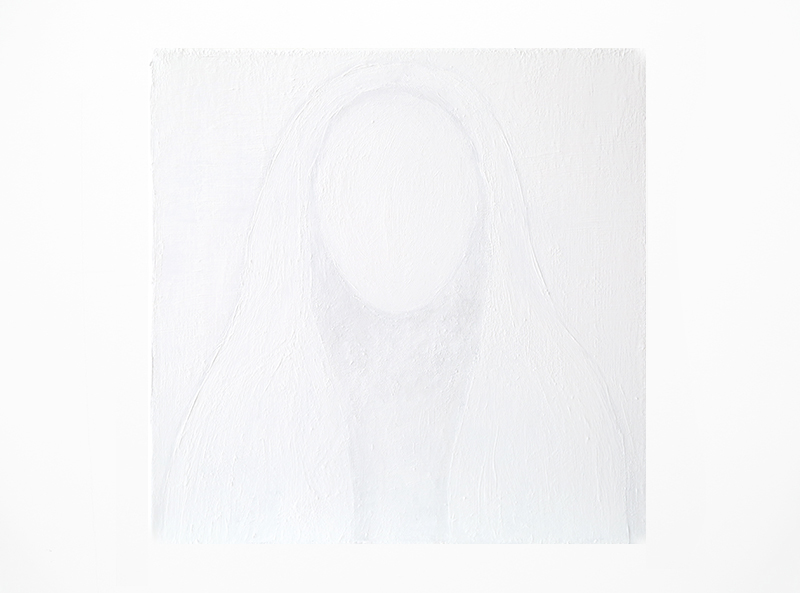
Self-Portrait |

Awakening 2014 acrylic on canvas |
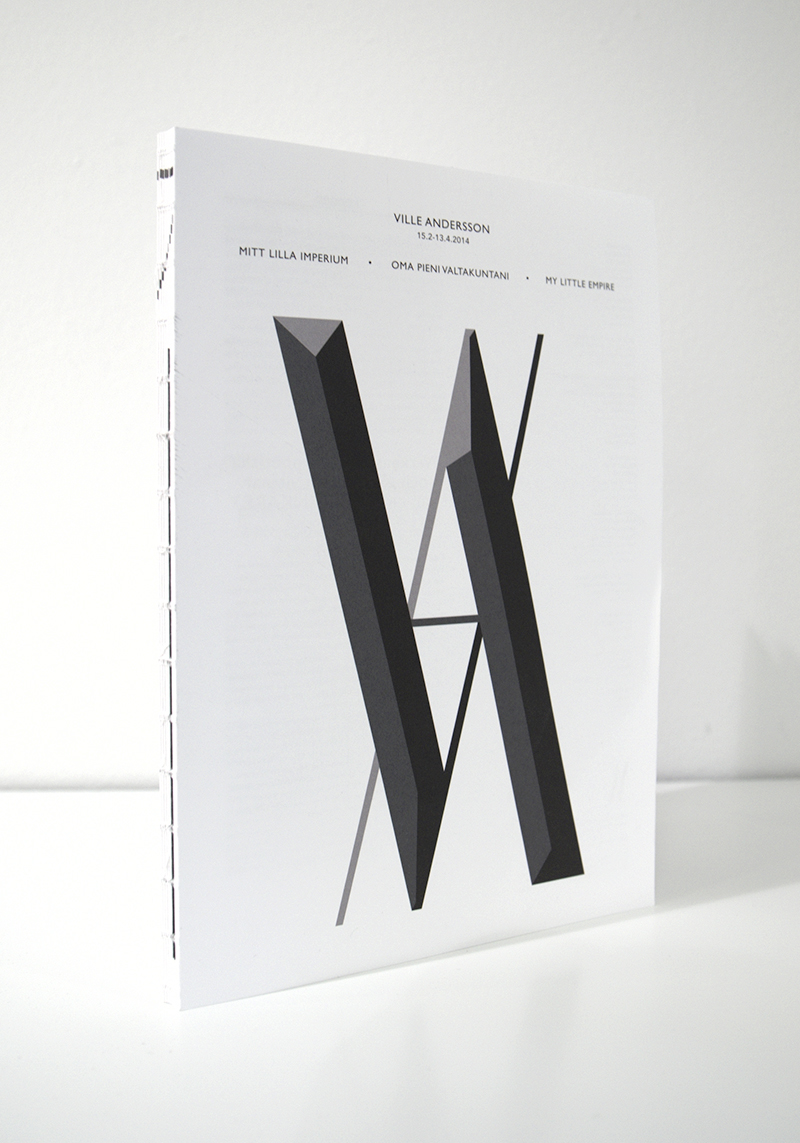
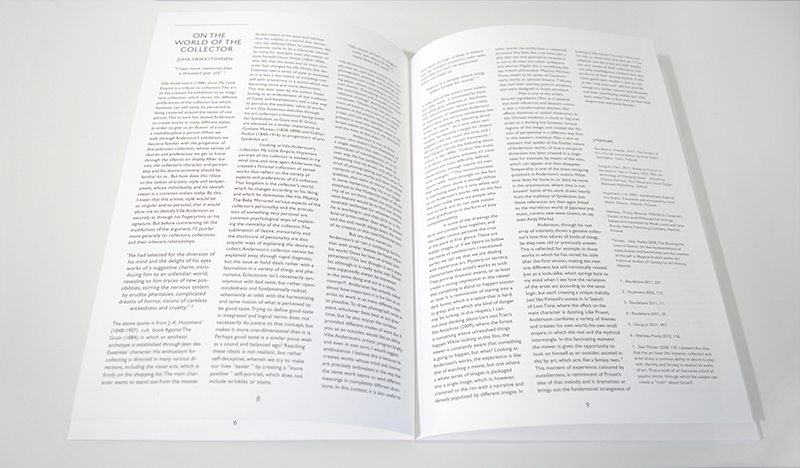
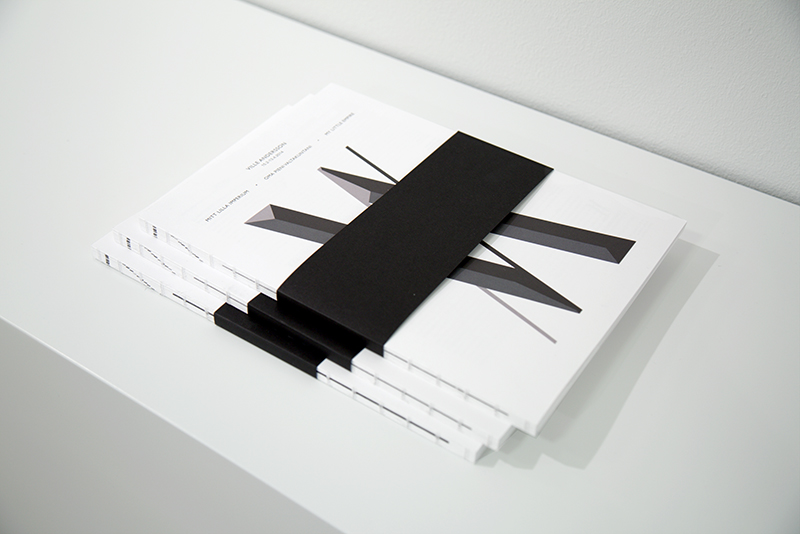
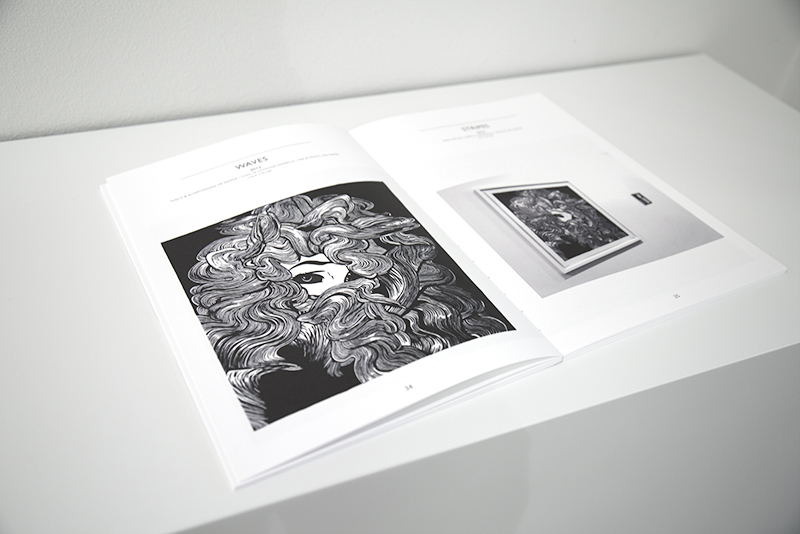
My Little Empire catalogue |
MY LITTLE EMPIRE
15.2 - 13.4.2014
Elveket, Ekenäs Pro Artibus Foundation
Ville Andersson´s solo exhibition My little empire shows an imaginary art collection, which consists of works by different artists, but which is, however, assembled by one person. The fact that Andersson himself has created all the works brings an added level of excitement and fun to the collection, from the ease with which he moves from one style of expression to another and how he challenges our usual perceptions of a singular mode of artistic expression.
In conjunction with the exhibition of the same name, a trilingual publication My Little Empire is also published.
It contains , alongside the artist's own essay, Juha- Heikki Tihinen's extensive essay on the artist's oeuvre. The catalogue is designed by Chris Bolton.
The exhibition catalogue was chosen as one of the most beautiful books of the year 2014 by the Finnish Book Art Committee
Thank you: Pro Artibus Foundation, Frame Visual Art Finland & Arts Promotion Centre Finland
ON THE WORLD OF THE COLLECTOR
"I have more memories than a thousand year old. " ¹
Ville Andersson’s (1986) show My Little Empire is a tribute to collectors. The artist has created his exhibition as an imaginary collection, which shows the different preferences of the collector, but which, however, can still easily be perceived as being centered around the tastes of one person. This in turn has caused Andersson to create works in many different styles, in order to give us an illusion of a such a multidisciplinary person. When we walk through Andersson's exhibition, we become familiar with the progenitor of this unknown collection, whose variety of desires and preferences we get to know through the objects on display. After our visit, the collector's character and personality and his desire-economy should be familiar to us . But how does this relate to the notion of artistic style and temperament, whose individuality and it's identification is a common notion today. By this, I mean that this artistic style would be so singular and so personal, that it would allow me to identify Ville Andersson as securely as through his fingerprints or his signature. But before commenting on the truthfulness of the argument, I'll ponder more generally on collectors, collections and their inherent relationships.
"He had selected for the diversion of his mind and the delight of his eyes works of a suggestive charm, introducing him to an unfamiliar world, revealing to him traces of new possibilities, stirring the nervous system by erudite phantasies, complicated dreams of horror, visions of careless wickedness and cruelty. " ²
The above quote is from J.-K. Huysmans' (1848-1907) cult book Against The Grain (1884), in which an aesthetic archetype is established through Jean des Esseintes' character. His enthusiasm for collecting is directed in many various directions, including the visual arts, which is firmly on the shopping list. The main character wants to stand out from the masses by the means of his taste and retrieve thus his nobility in a world that democracy has deflated. After its publication, des Esseintes came to be a character adored by many, for example, even the master of style himself, Oscar Wilde (1854-1900), who felt that the book and its main character had changed his life. Wilde, like des Esseintes, saw a sense of style as essential, as it is was a last means of including oneself with aristocracy in a world which was becoming more and more democratic. This was later seen by the author Susan Sontag as an embodiment of the tradition of Camp and Aestheticism, and a new way to perceive the aesthetic value of works of art. Des Esseintes sketches through his art collection a historical background for Symbolism, as Goya and El Greco are elevated to a similar importance as Gustave Moreau (1828-1898) and Odilon Redon (1840-1916) as progenitors of pre-Symbolist art.
"Oh, shock of hair! In tangled locks you descend like a rapid down the neck!" ³
Ville Andersson creates worlds that comply with his own laws; worlds where texts, photographs, paintings and drawings are juxtaposed, and create a mysterious hiding place, where, according to the artist's own words, "Everything revolves around the multi-layered and mutually connected relations of things " And Andersson continues:
Andersson is one of those artists who doesn't limit themselves to a single medium, but uses a variety of techniques of contemporary art in his own way. He has justified his work by explaining that he draws only after he is tired of photographing, and vice versa. The contents of the works, and their technical qualities, also seem to mirror each other in some mysterious way. He is no longer attached to the Modernist ideal of the purity of an art form, when the most prominent feature would be to find one strong essential technique for whatever medium he is working in, and then stick to it. His kind of artist rather does what he pleases, and the end result always bears the mark of its creator, in this case Ville Andersson.
But are there numerous Andersson's or can a continuing fascination with similar themes be found within his work? Does he have an artistic temperament? This last thought is very popular, although it is really quite odd. Should one supposedly always be interested in the same thing and act in a similar manner?! Andersson has actually talked about how important it is for him as an artist to work in as many different ways as possible. To draw, photograph, write or paint, whichever feels best at any given time, but he also enjoys the variation provided different modes of work. But if you, as an outsider, would like to define Ville Andersson's artistic program briefly, and even in one term, I would suggest ambivalence. I believe this is because he creates works whose mind and interest are precisely ambivalent in the way that the same work seems to send different meanings in completely different directions. In this context, it is also useful to think about the logic of sleep. In dreams of the strangest transitions seem quite reasonable and won't be questioned before one wakes up.
"Nature is a temple where living pillars fumble for words" ⁴
A large part of the artist's most recent, and older work, is dominated by black and white, gray, whiteness or blackness. This monochromatic nature can create an impression of melancholy. Andersson doesn't deny this serious-mindedness, but writes, for example, the following about his artistic work : " At a time when seriousness has become a target for distant laughter, I did not count the time, and I did not give you a certain framework. " Paul Gauguin wrote the following about colour in the 1890s: "Colour, like music, is all about vibrations, achieves it's most common and most difficultly defined characteristic through nature: it's own inner strength." ⁵ This monochromatic nature relies most strongly on the fact that one colour alone is enough. White is interesting even if it is only white, and so on. Andersson's works rely on the fact that even today, there are people who care to look, and do not seek instant visual gratification in the form of easy comprehensibility.
In some of the drawings the form and content fuse together, and the viewer cannot perceive the crux of the work at first glance. These are hidden images, or if we desire to follow the mode of aestheticism I mentioned earlier, we can say that we are dealing with mysterious art. Mystery, or secrecy, characterizes this artist's works as such. They portray dramatic events, or at least create a strong impression in the viewer that something is about to happen sooner or later. It is reminiscent of staring into a dark forest, which is a space that is hard to grasp, and in which any kind of danger may be lurking. In this respect, I cannot stop thinking about Lars von Trier's film Antichrist (2009 ), where the forest is something where unresolved things happen. While looking at the film, the viewer is constantly aware that something is going to happen, but what? Looking at Andersson's works, the experience is like that of watching a movie, but one where a whole series of images is packaged into a single image, which is, however, crammed to the rim with a narrative and densely populated by different images. In other words, the works have a substantial structure that feels like a narrative, but a plot that can only guessed at, because it is not at all clear, but rather ambiguous and allusive. Maybe this is something that the French philosopher Maurice Merleau-Ponty meant as he spoke of Cezanne 's early works as 'painted dreams'. ⁶ Works, that had their starting point in emotions, and were designed to evoke emotions.
Mist is one of the artist's favored ingredients. Mist, as a material that both influences and devours colour, is also a transformative element that affects distances or spatial dimensions. In the Chinese tradition, a cloud or fog area acted as a dividing line between various regions of the image, and created the illusion of perspective in a different way than in the western tradition. Mist is also an element that speaks of the filmlike nature of Andersson works, of how a temporal dimension has been created in a single view, for example, by means of the mist, which can appear and then disappear. Temporality is one of the most intriguing questions in Andersson's ouevre. What time does he move in, or does he move in the unconscious, where time is not known? Some of his work draws heavily from the tradition of Symbolism, but these references are then again linked to the marvelous world of Japanese pop music, comics, new wave cinema, or, say, even Andy Warhol.
Andersson, through his vast array of interests, shows a genuine collector's love that adores all kinds of things, be they new, old or previously unseen. This is reflected, for example, in those works in which he has varied his style after the first version, making the next one different, but still intrinsically related. Just as a look-alike, which springs back to my mind when I see how the variations of the artist act according to the same logic, but each creating a unique melody, just like Vinteuil's sonata in In Search of Lost Time, where the effect on the main character is dazzling. Like Proust, Andersson combines a variety of themes and creates his own world, his own small empire, in which the real and the mythical intermingle. In this fascinating moment the viewer is given the opportunity to look on himself as an outsider, assisted in this by art, which acts like a fantasy twin. ⁷ This moment of experience, coloured by outsiderness, is reminiscent of Proust's idea of that melody, and it dramatizes or brings out the fundamental strangeness of looking in the mirror. I'm over there, but I'm not, so who's that and who am I? The collector and the artist are both equally the end results of their collections, and not only unambiguous creators, but also products of their varying desires. In this misty game each double is just as real as the "real and true" self. Art and life merge in a similar manner that fantasies and their interlinking wishes join with each other. This is that own private little empire that everyone fancies.
Juha-Heikki Tihinen, 2014
Literature: __ ¹ Baudelaire 2011, 221. ² Huysmans 2005, 112. ³ Baudelaire 2011, 77. ⁴ Baudelaire 2011, 29. ⁵ Gauguin 2011, 997. ⁶ Merleau-Ponty 2012, 118. ⁷ See Tihinen 2008: 118. I present the idea, that the art lover (for instance, collector) and artist share a common ability or desire to play with identity and fantasy in relation to works of art. Thus a work of art becomes a kind of psychic mirror, through which the subject can create a "truth" about himself.
|
| HOME | NEXT |